[ad_1]
The highbush cranberry, additionally known as cranberry viburnum or American cranberrybush, is slightly little bit of a puzzle. It produces sweet-tart, vibrant crimson, cranberry-like fruits, however it’s not related to the true cranberry.
American cranberrybush, Viburnum opulus var. americanum, is a variety of viburnum and is native to northern North America. Together with to the confusion, this deciduous native shrub is certainly confused with a weedy species from Europe, known as the European cranberrybush, Viburnum opulus.
North American gardeners might want to stick with the native species or one amongst its equally showy cultivars. You will then have a hardy and easy-to-grow native shrub with pretty spring flowers and vibrant fall foliage. The white flowers and scarlet crimson berries current a feast for pollinators and songbirds, and the berries are edible and tangy, and make superb fruity preserves!
Are you ready in order so as to add some sort and color to your woodland yard, rain yard, or chook yard? Let’s dig correct into the details and see if the highbush cranberry is an effective choice in your panorama!
Garrett Wade Anvil Pruner
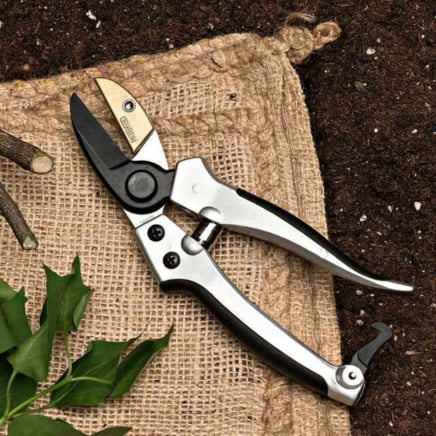

These are a very nice price. The handles are correctly shaped, stable aluminum with rubber grips surfaces. Each has a spring-loaded snap catch.
Highbush Cranberry Overview
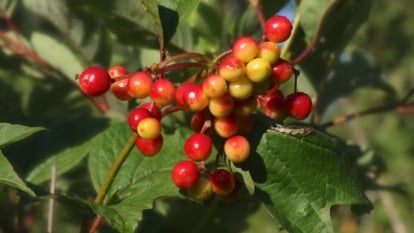

|
|
|
|
Plant Pure Historic previous
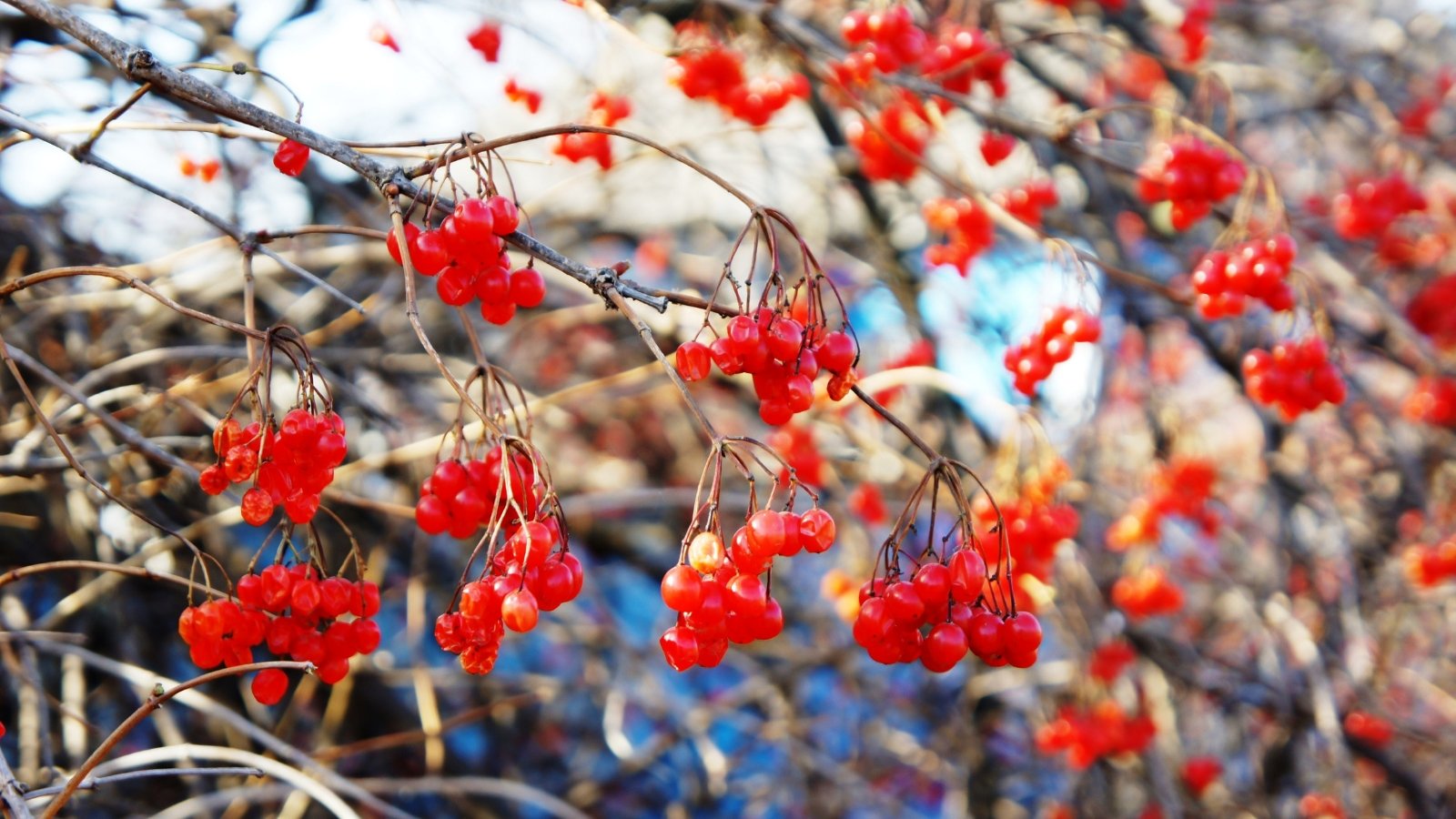

No matter its title, the highbush cranberry is not related to true cranberries (Species Vaccinium, family Ericaceae). Highbush cranberry is a member of the Moschatel family (Adoxaceae), which consists of about 200 species of herbs, shrubs, and small bushes, many with showy flowers and fruits. It was beforehand grouped inside the honeysuckle family (Caprifoliaceae).
The native differ of the highbush cranberry consists of all of the northern United States and Canada. The differ extends as far south as Colorado, Illinois, and West Virginia. It could actually develop inside the cooler mountain areas of additional southern states nonetheless is not thought-about native in these areas.
In its pure habitat, highbush cranberry is primarily an understory shrub that inhabits woodland margins and open hardwood forests. It prefers moist soils and is normally found alongside streams and wetland edges. This can be a important wildlife plant all via its differ and as well as offers meals and medicinal price for folks.
Do not confuse the native highbush cranberry with an similar species, the European cranberrybush (Viburnum opulus). European cranberrybush has escaped cultivation and naturalized in a number of northern states and Canada. The European species competes with the native highbush cranberry and completely different native crops. The fruits of the European cranberry bush are not palatable, nor are they favored by wildlife.
Traits
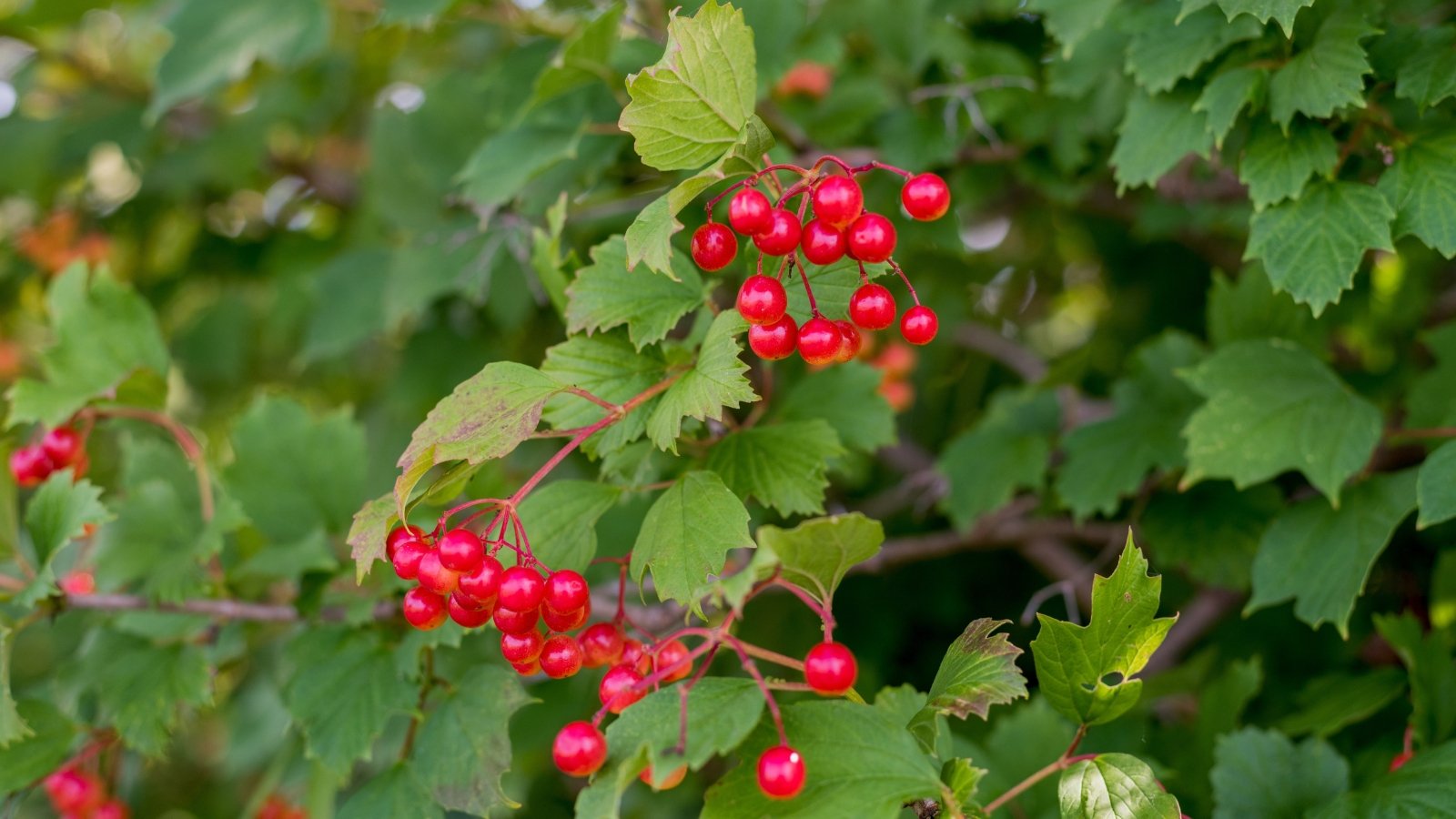

The highbush cranberry is a deciduous shrub with a most high of eight to 12 toes. It has a medium progress value and may mature proper right into a multi-stemmed shrub with a rounded, vase-like sort. It has skinny bark with a clear to scaly texture and a light-weight gray to tan color. Smaller stems have a reddish tint.
The leaves significantly resemble maple leaves, typically with three distinctive pointed lobes. The leaves measure three to six inches prolonged and one to a couple inches all through. They’re reverse alongside the stems and coarsely toothed. Coloration via the rising season is uniformly medium inexperienced. Throughout the autumn, the leaves flip golden yellow, adopted by shades of crimson, burgundy, and purple.
Highbush cranberry blooms inside the spring. Its lacy white flowers sort in flat-topped clusters. Each mass of flowers consists of two distinctly utterly completely different flower varieties. The outer flowers are sterile nonetheless very showy. These are greater and pure white with 5 rounded petals. The inside flowers are fertile and way more appreciable. These inside flowers are loads smaller, creamy white, and have 5 recurved petals and excellent yellow-tipped anthers.
Shiny crimson berry-like drupes mature inside the fall. These might be harvested and eaten raw or preserved as jellies and jams. They’ve a sweet-tart style and may be utilized as another choice to standard cranberries.
Propagation
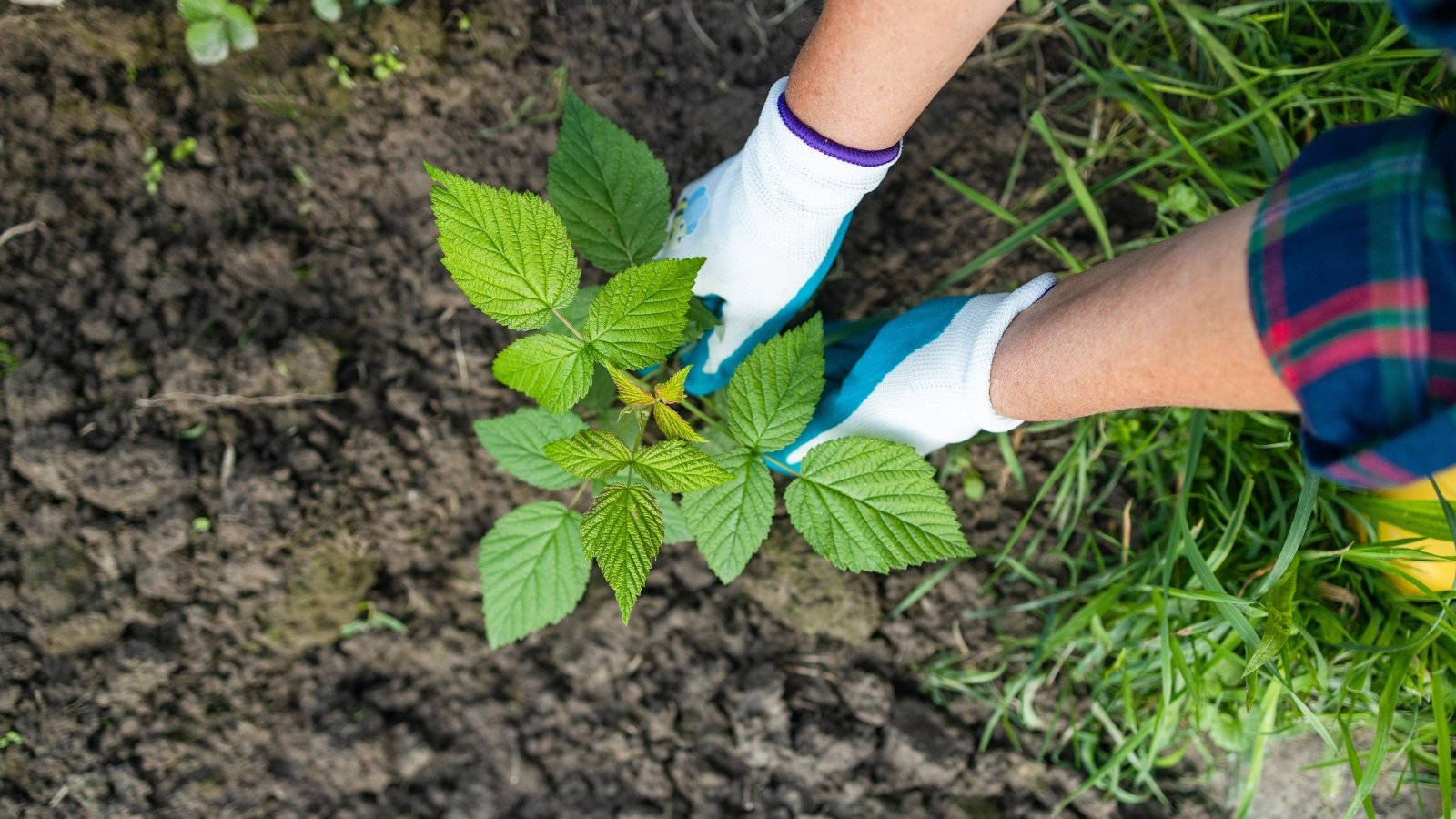

Highbush cranberry is most easily propagated by seed, stem cuttings, or division.
Seed
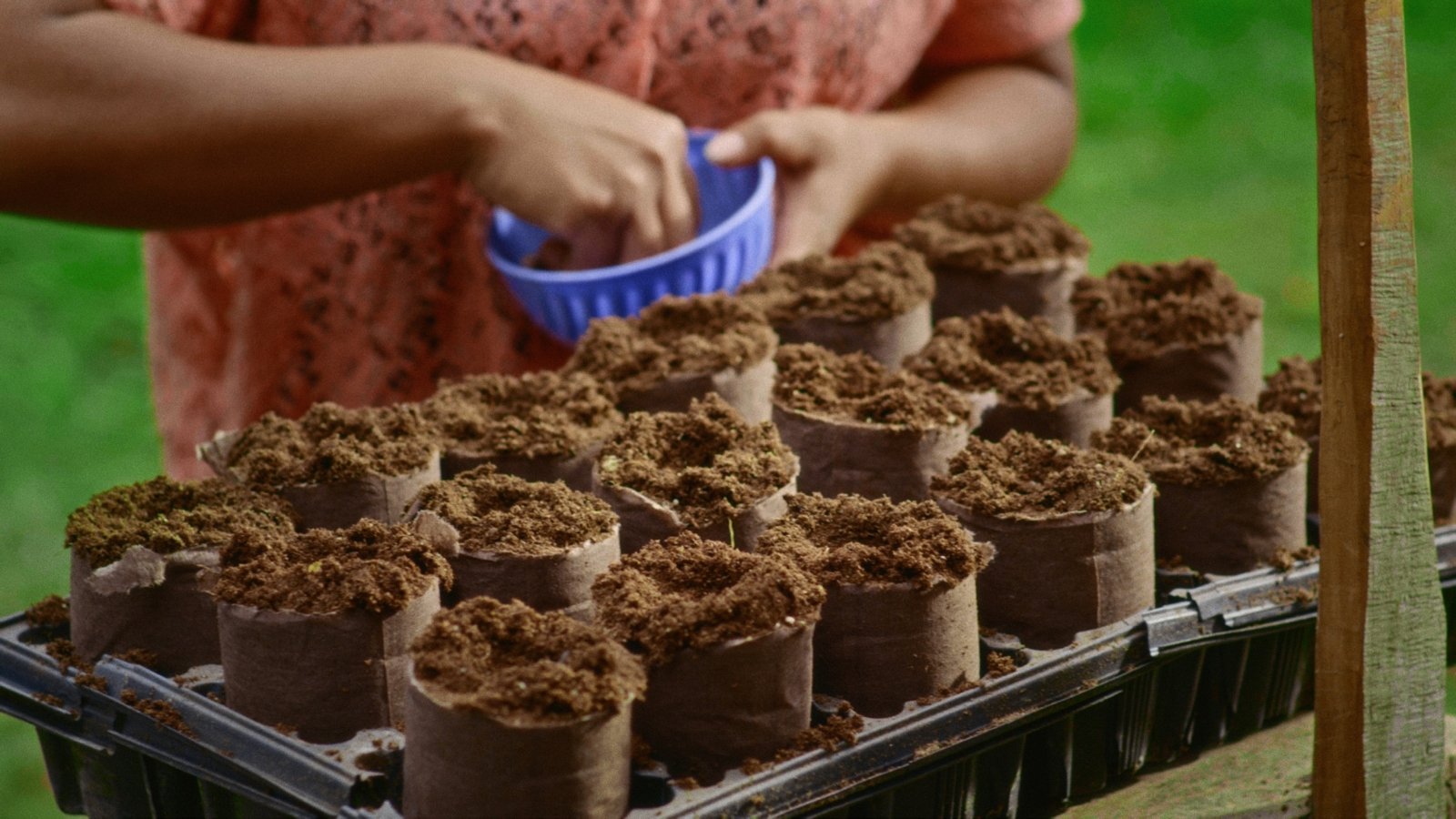

You can purchase highbush cranberry seeds or harvest ripe fruits and accumulate your private seeds. Sow the seeds open air inside the fall, setting them ¼ to ½ inch deep. Allow them to overwinter; this period of chilly stratification will allow them to interrupt dormancy the following spring.
When new seedlings emerge, maintain them moist and shielded from digging and burrowing animals. After two or three years, the seedlings shall be large ample to be transplanted to a eternal location, as needed.
Division
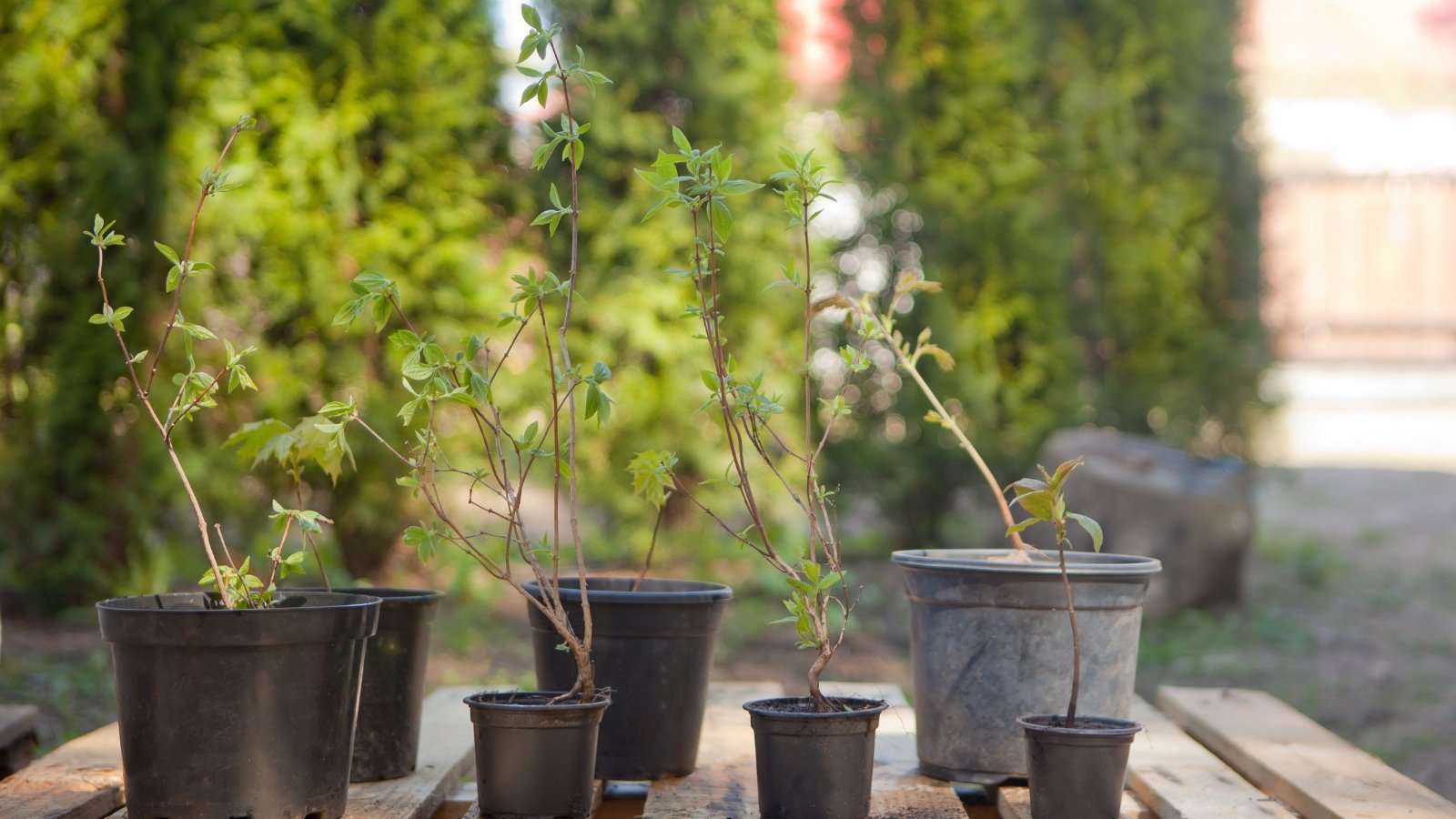

Once you’ve bought a mature highbush cranberry shrub that has started to ship up new shoots from throughout the basis area, you’ll propagate your plant by division. Dig up a healthful root sprout with a healthful stem and a part of roots linked. It is doable you will need to make use of a sharp spade or pruners to help cut back by means of any thicker sections of root.
As quickly as separated from the guardian plant, transplant your division immediately and water it successfully. Refill the realm you dug out with latest soil and water it as successfully. Keep your newly divided crops well-watered for the next various days to help them get higher from transplant shock.
Cuttings
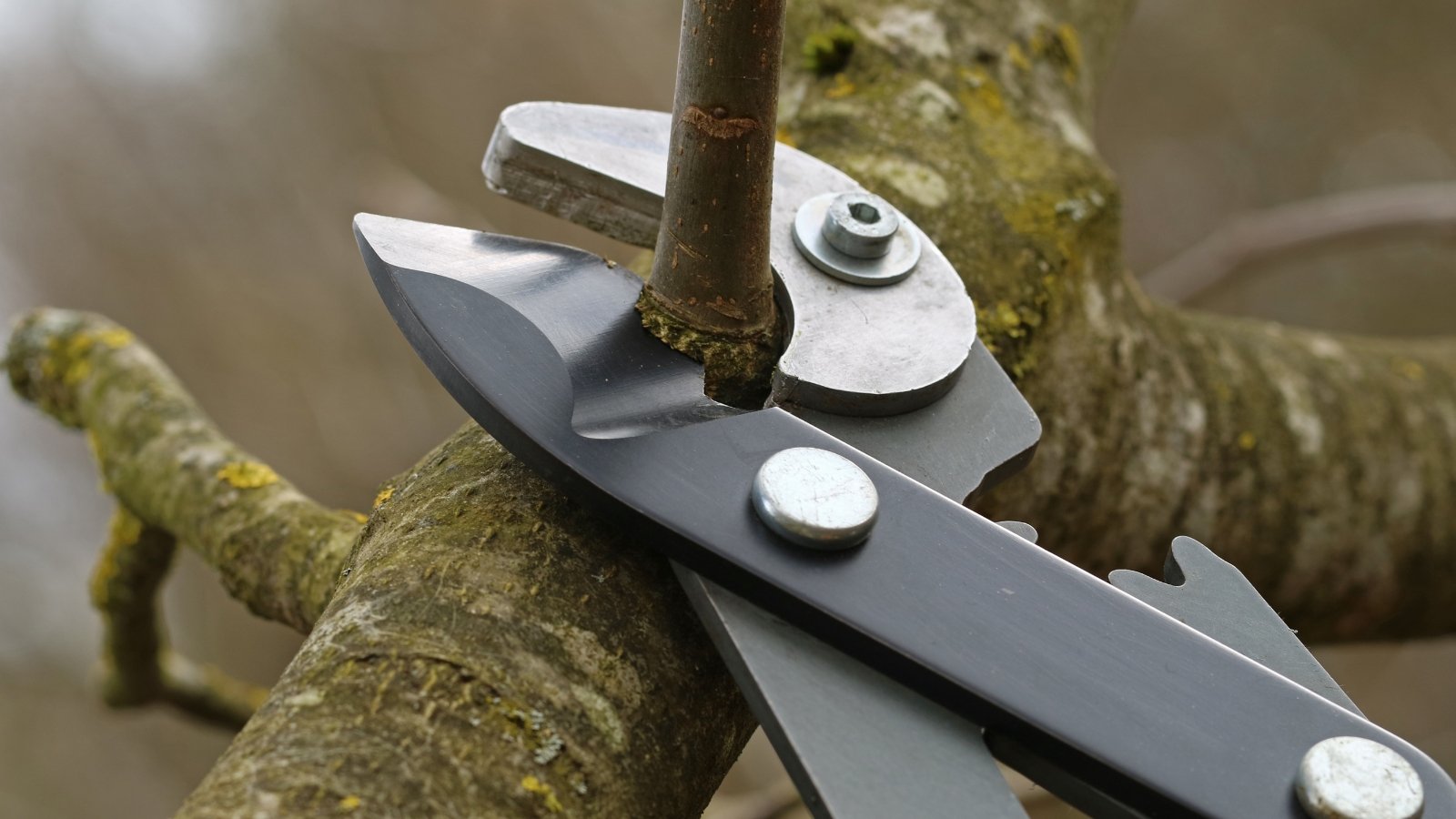

You can propagate viburnums from softwood cuttings inside the spring or hardwood cuttings inside the fall. Use sharp clippers to collect healthful cuttings six to 10 inches prolonged. Take away the leaves from the lower half of your cuttings and dip the stripped stems in a rooting hormone.
Plant your cuttings in pots filled with latest potting soil. Keep them in a sheltered location with vibrant, indirect gentle, and maintain the soil moist. The cuttings should root in six to eight weeks. You’ll know in case your cuttings are worthwhile as soon as they develop new leaves and develop taller.
Transplanting
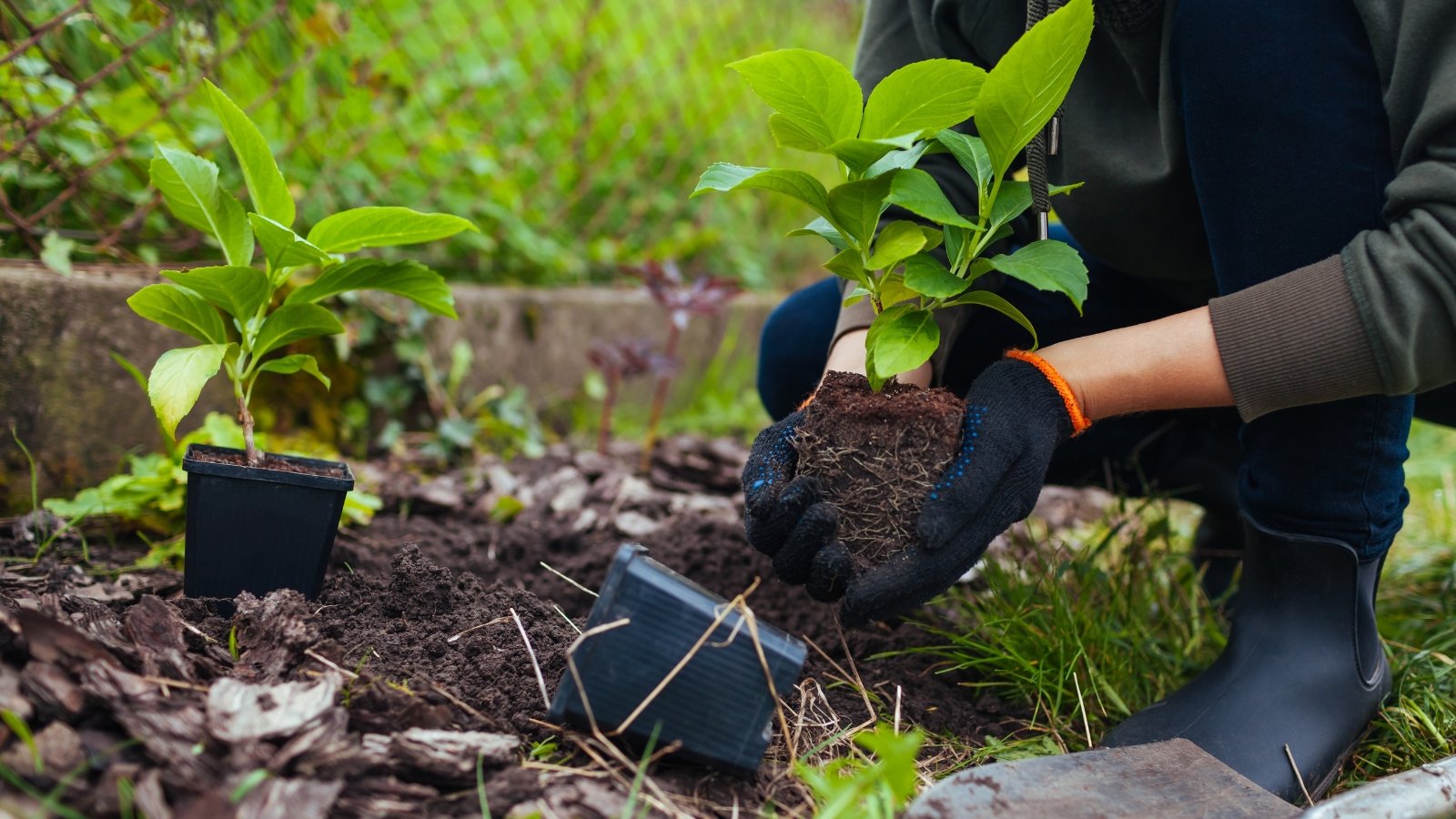

Seize your gardening gloves, the time has come to transplant a potted highbush cranberry or completely different viburnum species to a eternal location. Cool spring and fall days are superb events for transplanting. Put collectively a niche barely wider and deeper than the pot whereby your plant is presently rising. Add any soil amendments and compost and mix it in with the soil.
Rigorously take away your viburnum from its pot and place it inside the hole. If the roots are curled spherical inside the pot, gently unfold them out into the opening. Be certain that the main stem or stems are standing upright and by no means tilted to the aspect, then backfill the opening throughout the roots with latest soil. Water your plant successfully immediately after transplanting and for the first various days to help it modify to its new residence.
Tips about easy methods to Develop
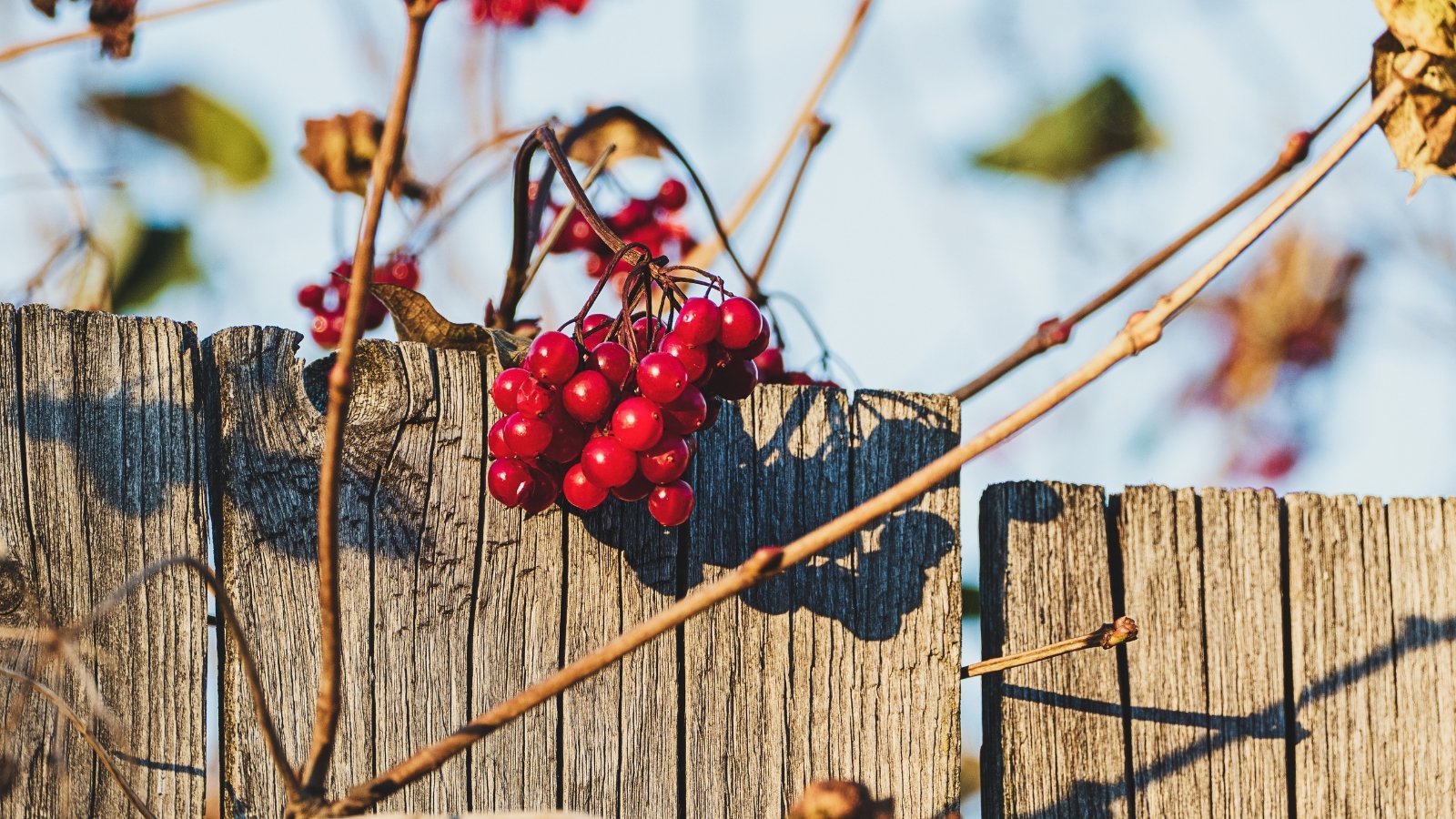

Highbush cranberry is easy to develop. Once you’ve bought good rising circumstances for these crops, you shouldn’t have any factors, and you will get pleasure from a pleasant, low-maintenance ornamental and fruiting shrub in your panorama.
Daylight
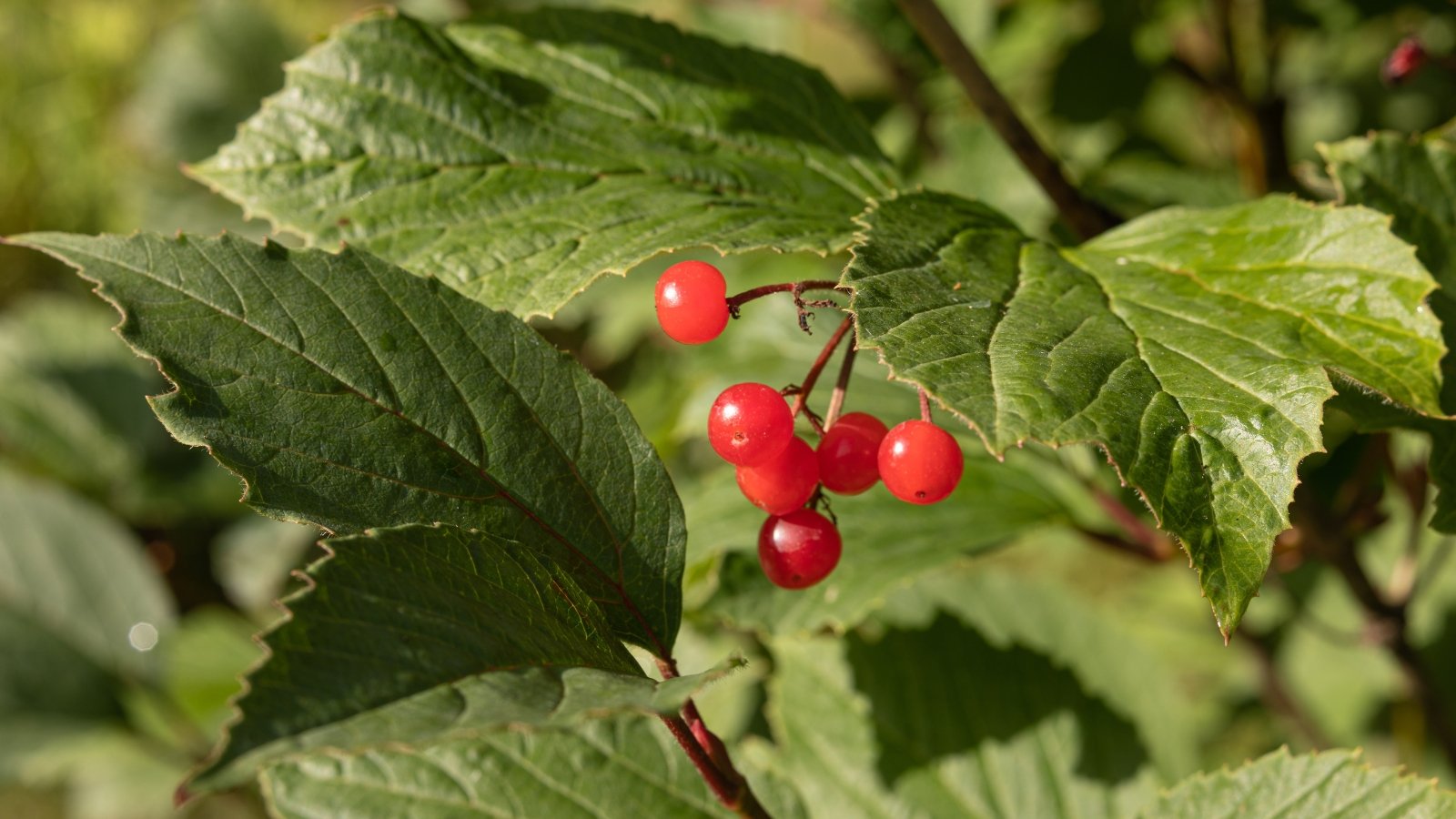

These shrubs develop successfully in full photo voltaic to partial shade. Of their pure ambiance, they’re understory crops tailor-made to partially shaded habitats. In hotter parts of their differ, notably, they do respect security from intense afternoon daylight.
Water
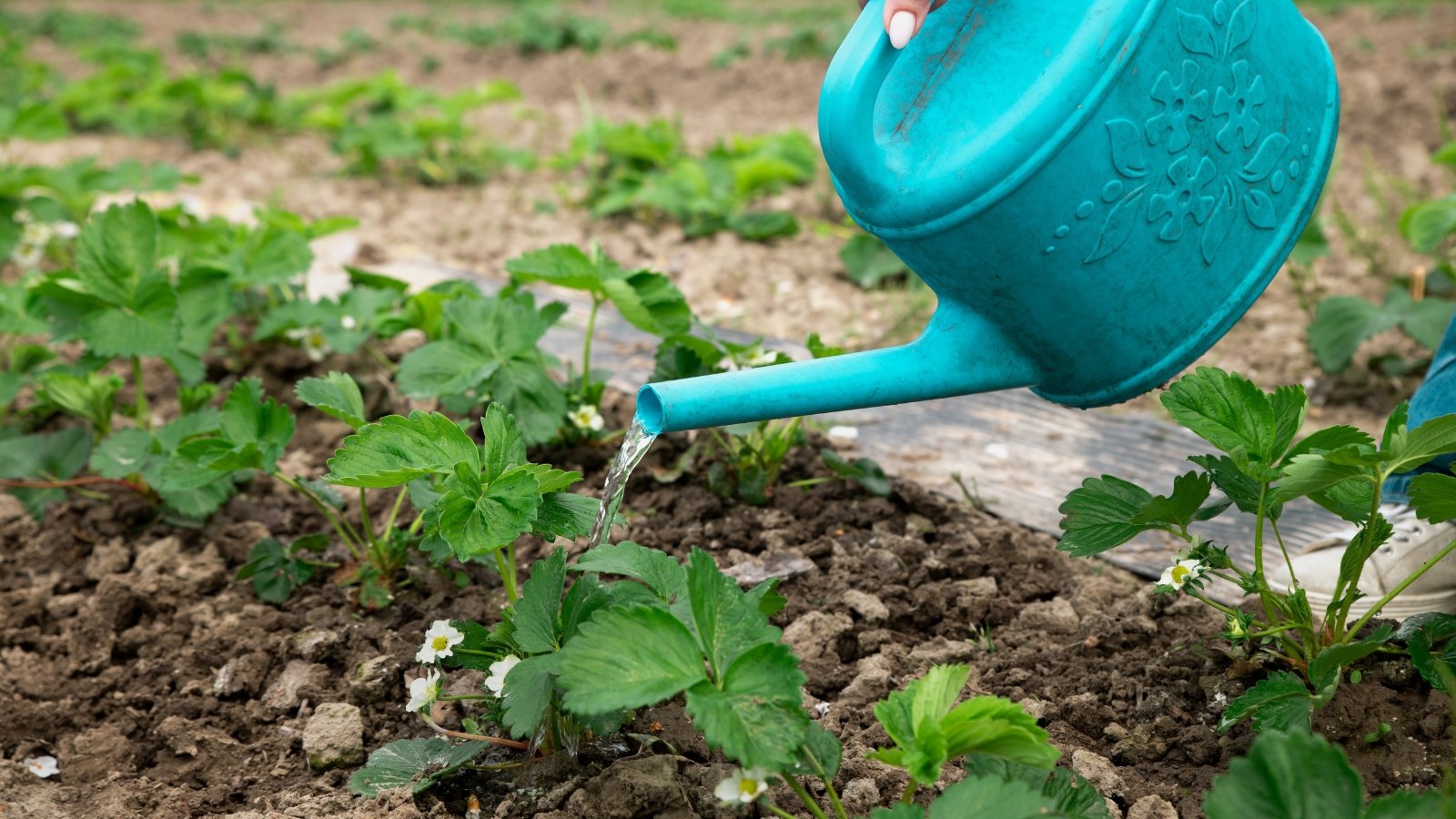

Highbush cranberry needs frequent soil moisture. In case your soil dries out incessantly, you’ll should do some extra watering. These crops are tailor-made to rising in moist circumstances and normally will not be drought-tolerant.
Soil
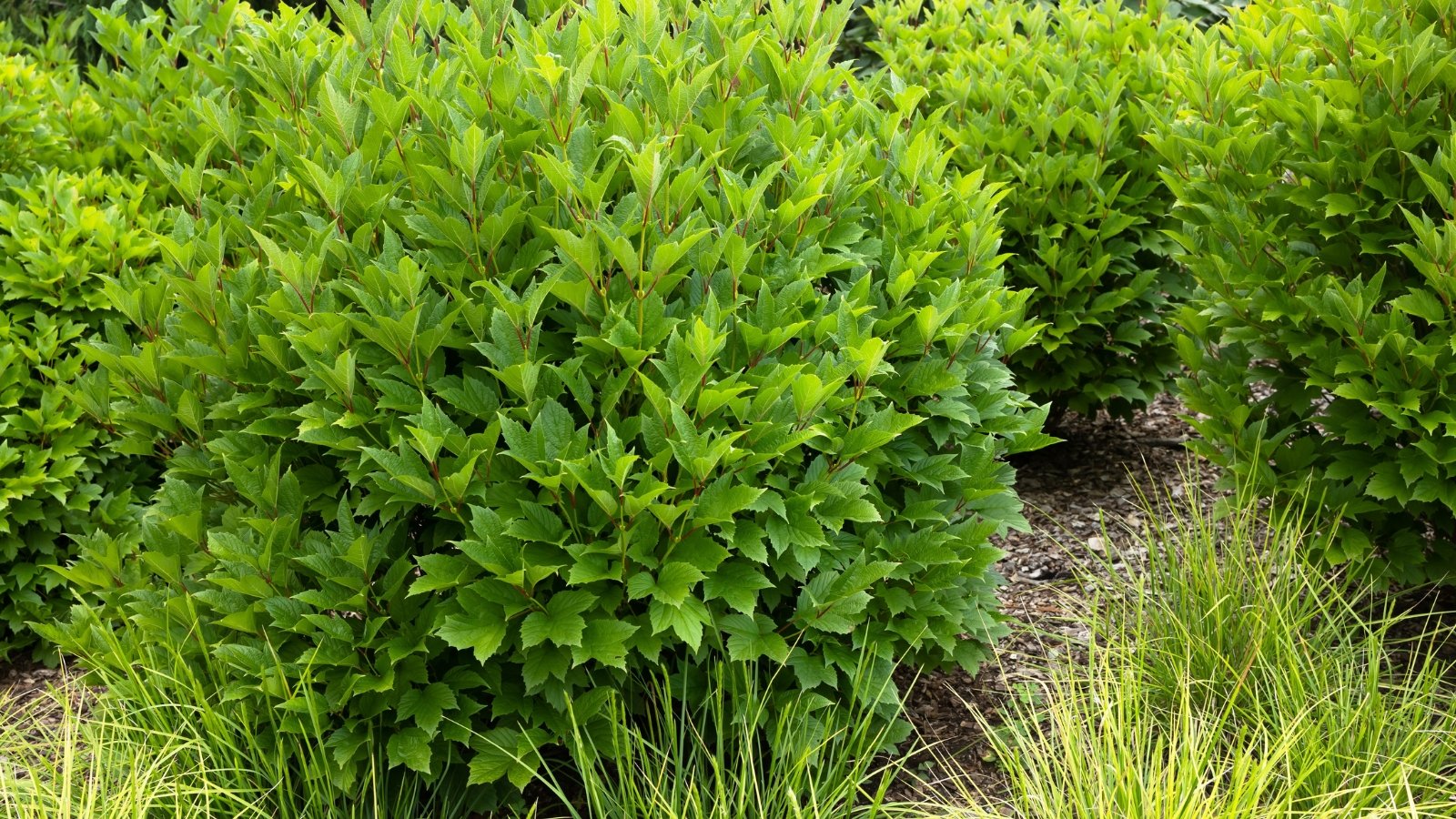

These shrubs tolerate every kind of soil circumstances nonetheless do best in organically rich, moist soils with good drainage. The soil must be acidic with a pH of 6.0 or a lot much less. In case your soil is poor top quality, ponder together with some soil amendments much like pure compost on the time of planting to produce some added weight loss plan.
Native climate and Temperature
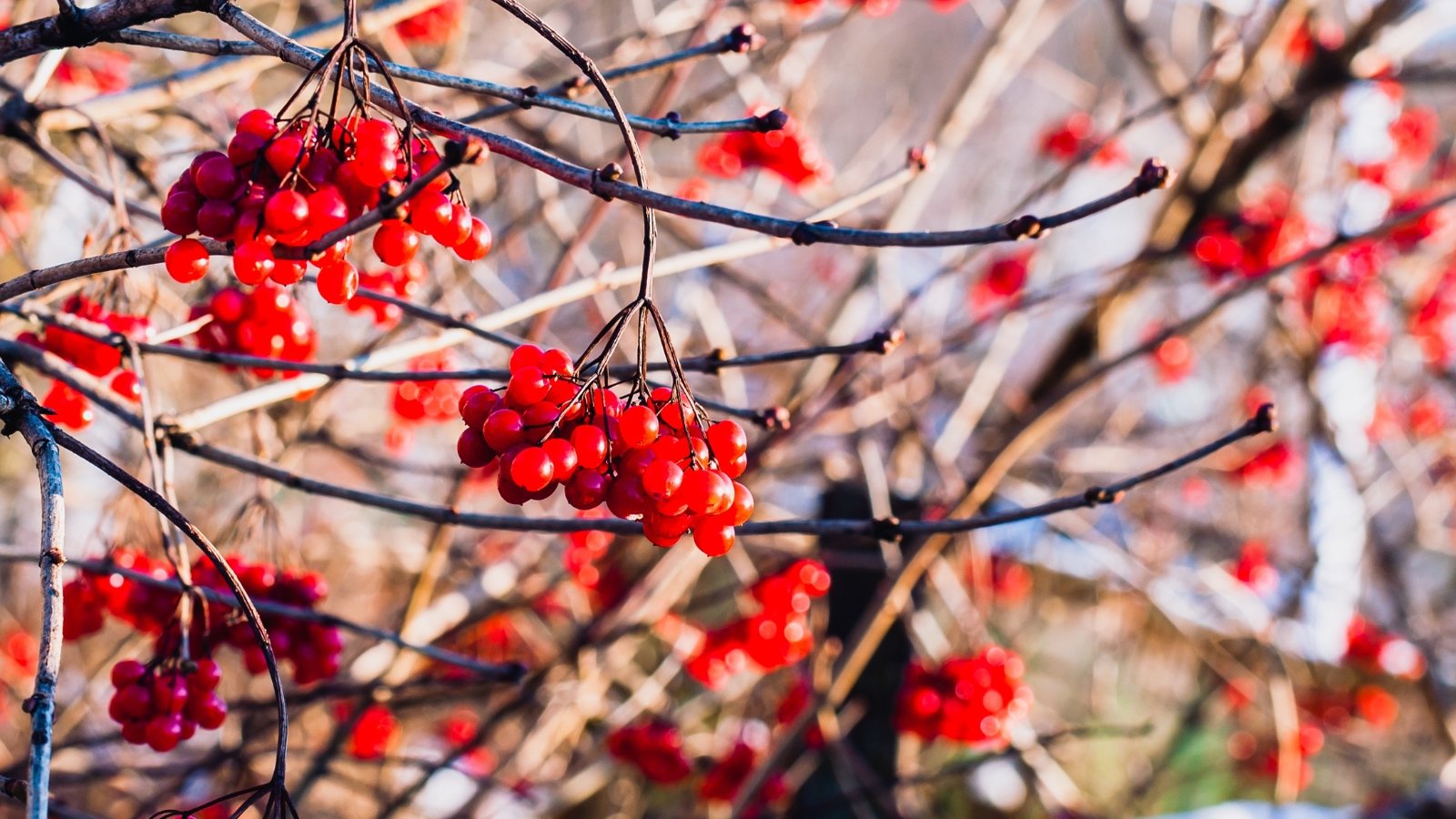

Highbush cranberry is hardy in USDA Plant Hardiness Zones 2 by means of 7. It prefers cooler climates and acquired’t typically develop successfully in any of the southern states, in addition to in elevated elevation mountainous areas away from heat and humidity. It is best tailor-made to survive inside the north-central and northeastern states.
Fertilizing
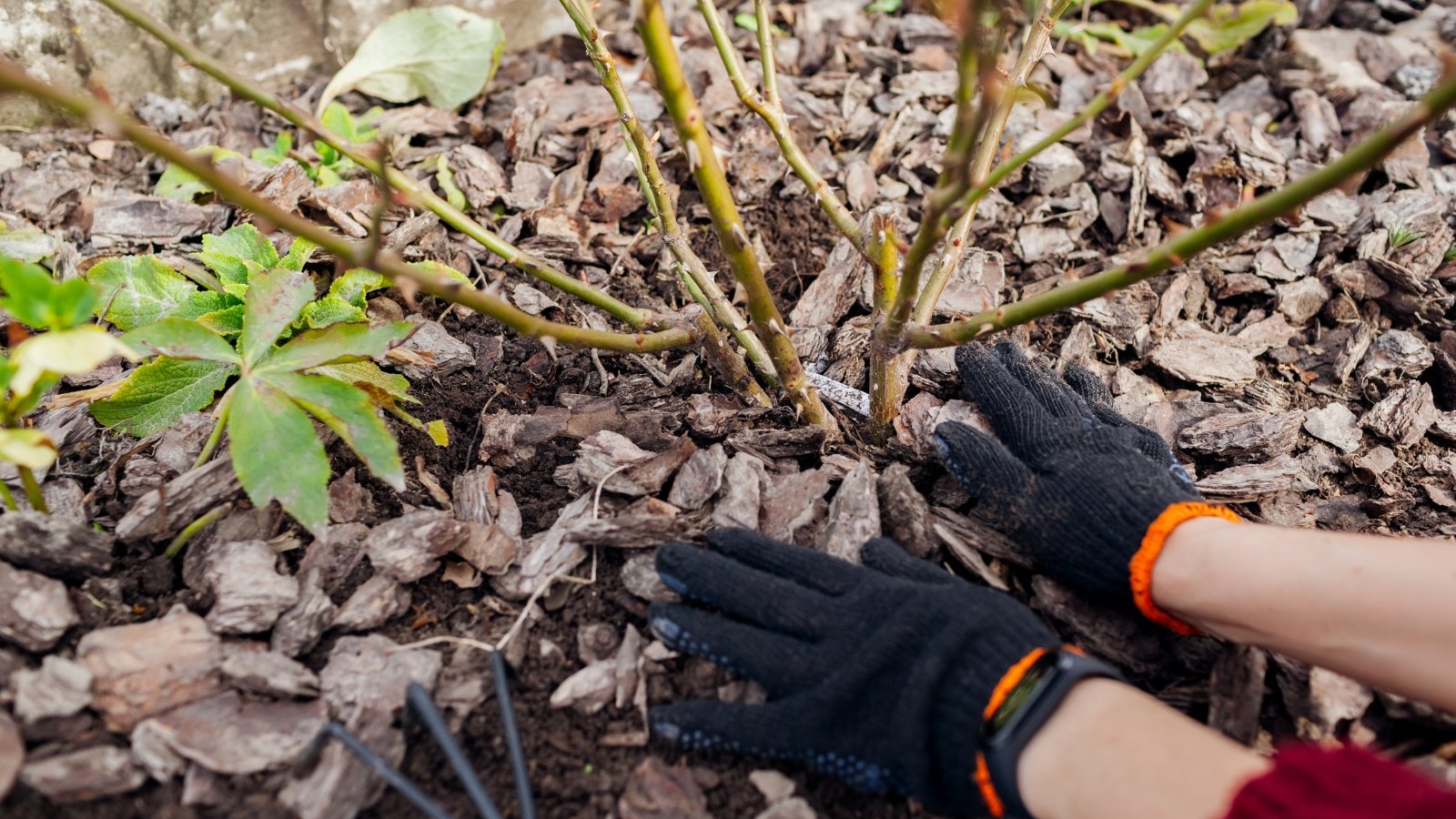

Fairly than together with synthetic fertilizers, add mulch spherical your viburnums yearly. The mulch will help maintain the roots cool and moist and since it breaks down, it will add pure supplies to the soil. Shredded leaf mulch and pure compost make superb nutrient-rich mulching provides.
Maintenance
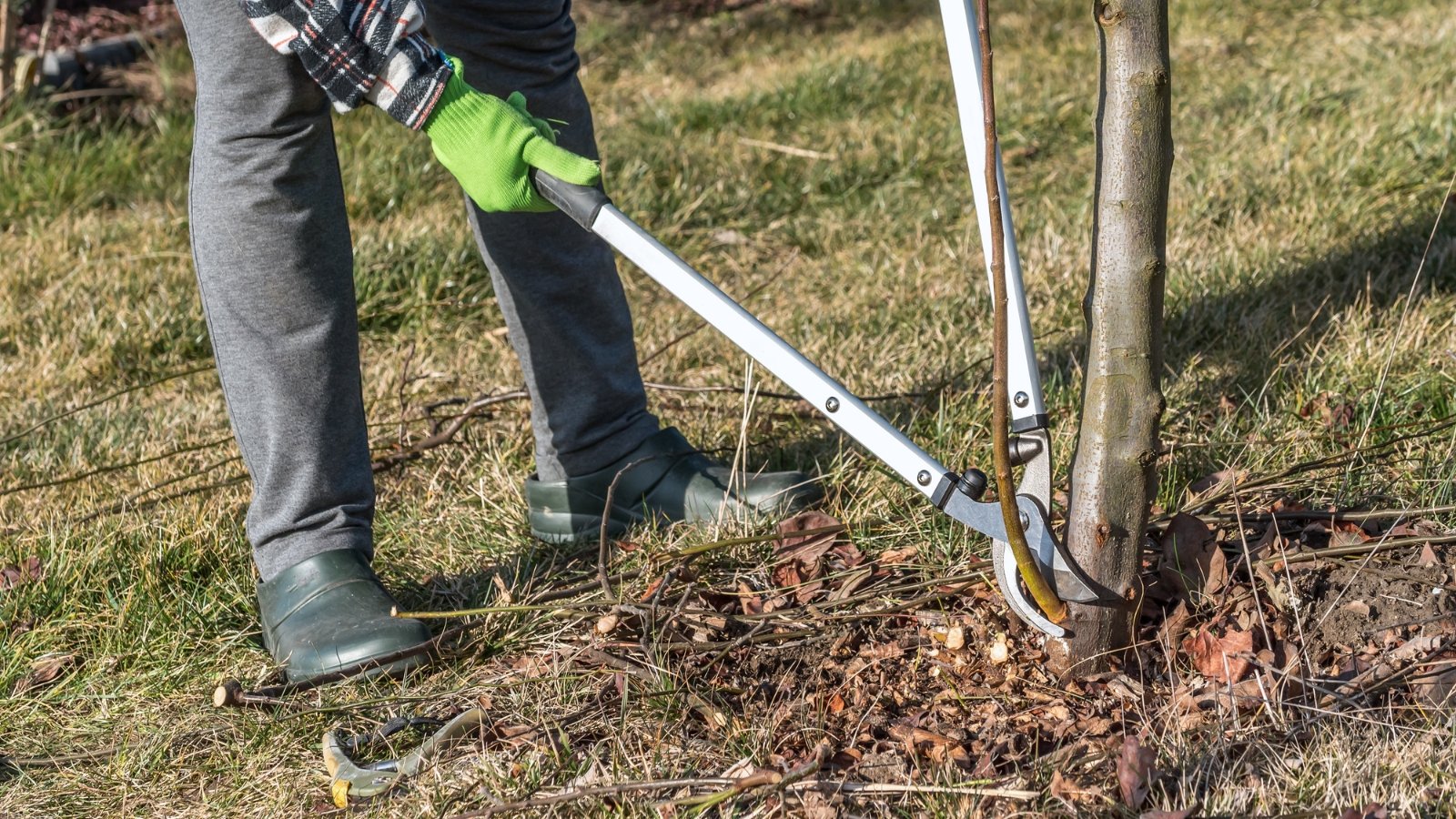

You shouldn’t should do loads maintenance with these crops. Annual pruning will help maintain your bushes to a manageable measurement and type, however. Highbush cranberries do unfold by suckering, nonetheless not aggressively. Prune off undesirable root suckers yearly. Do your pruning immediately after flowering to current the crops a possibility to generate latest stems via the rising season.
Yard Design
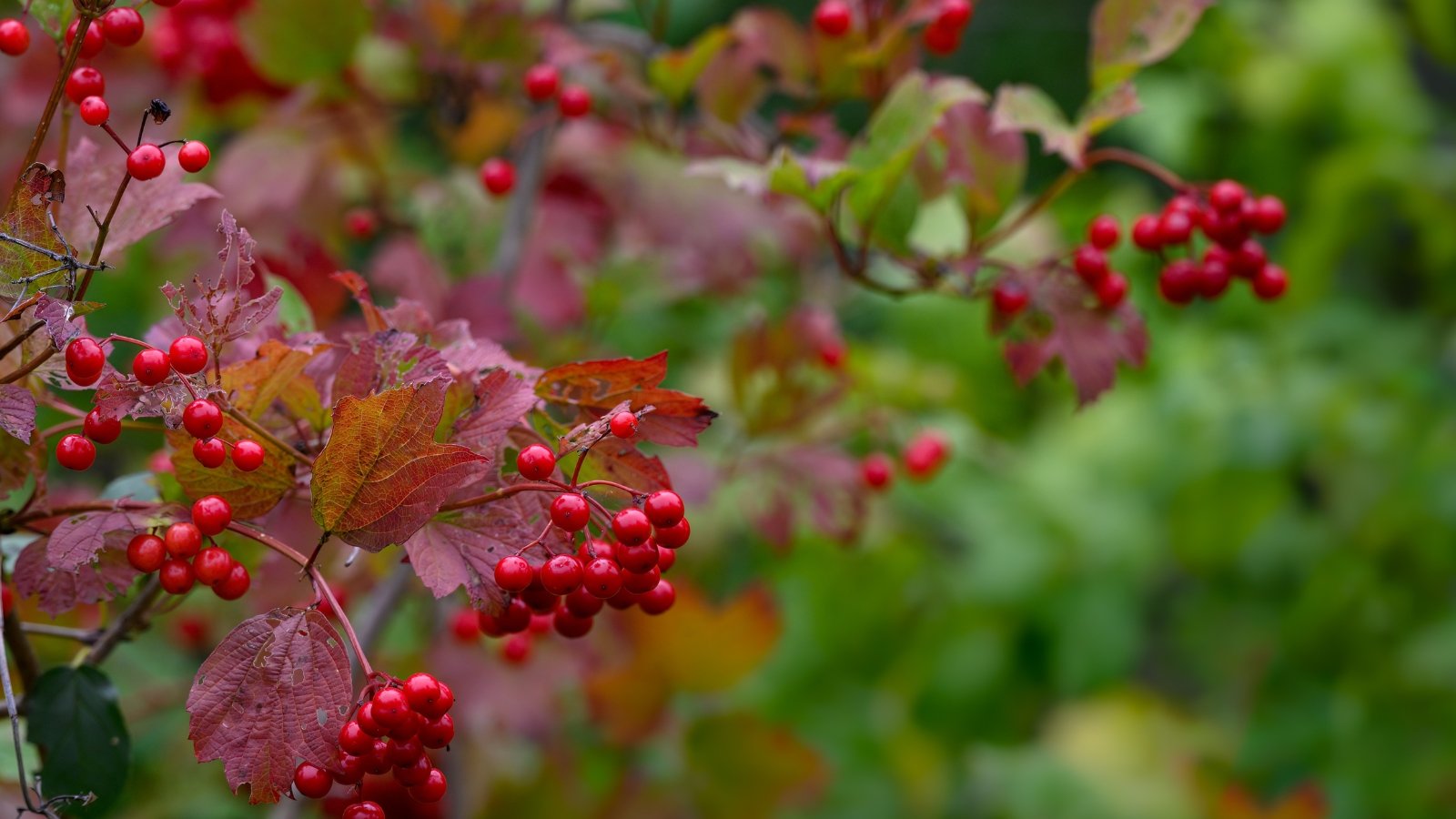

Highbush cranberry has extensively assorted makes use of and makes an attention-grabbing landscaping plant. For those who’re trying to find one factor that’s every ornamental and edible, use it in your edible panorama for its showy spring flowers and tart fruits. For those who occur to’re not a fan of jams and jellies, then develop it for the wildlife in your pollinator yard or chook yard.
Use highbush cranberry as an understory plant in a flippantly shaded woodland yard. It’s a superb risk for a rain yard or wetter website, notably while you’ve bought a mounted provide of water shut by, much like a pond or small stream. Or use it as part of a shrubby border on the perimeter of a wooded area or as a hedge with a mixture of equally sized deciduous and evergreen shrubs.
Varieties
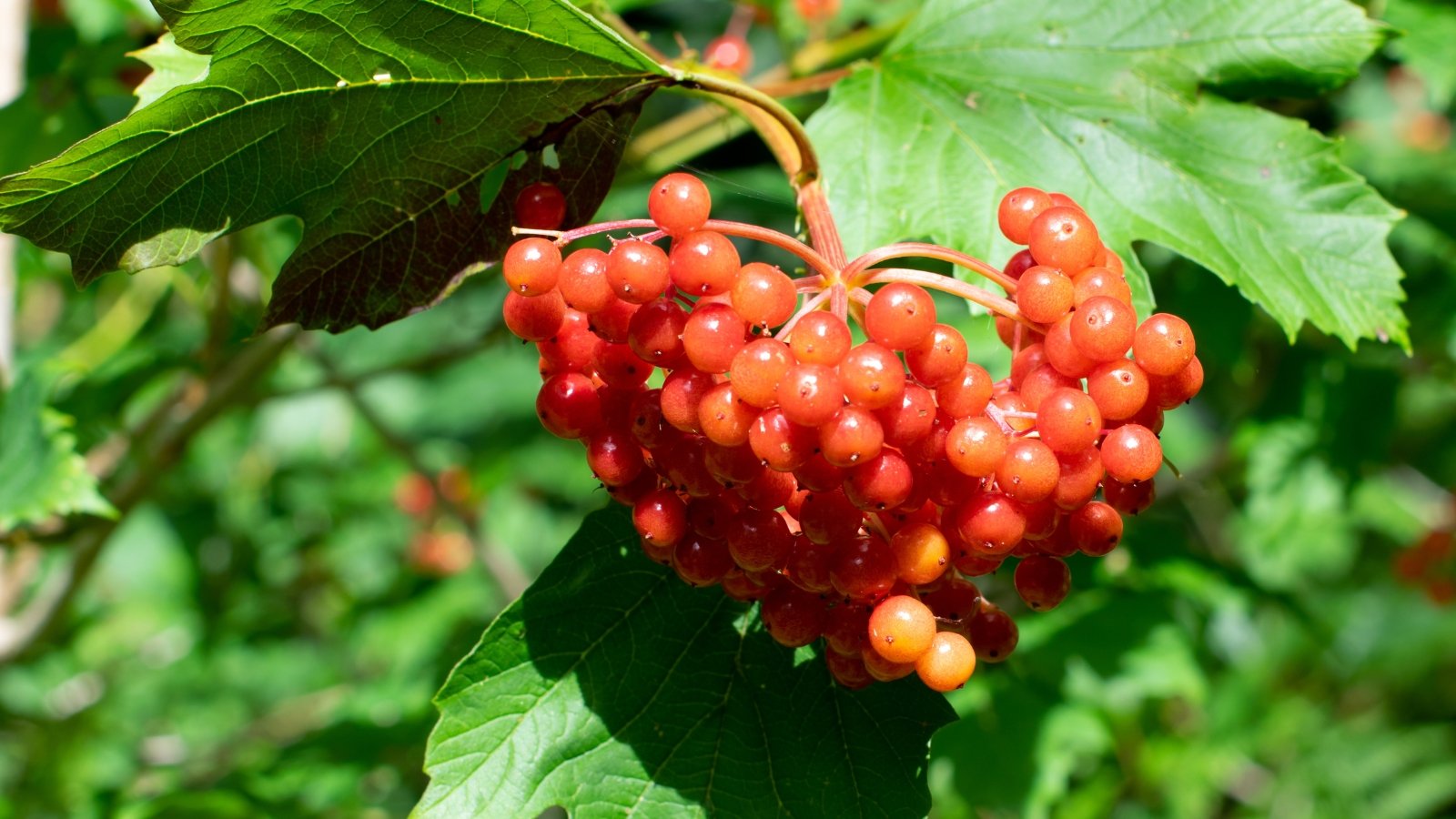

Plenty of distinctive cultivars may be discovered for varied makes use of:
‘Baily Compact’ is a dwarf cultivar that grows 5 to six toes tall. This correctly rounded shrub makes a fantastic hedge or shrub border. Throughout the fall, its leaves flip a rich crimson color.
The cultivar ‘Compactum’ is a smaller choice of the highbush cranberry. It reaches a full high of 5 to six toes with a rounded sort. This cultivar has yellow fall foliage.
The ‘Hahs’ cultivar grows six to eight toes extreme and equally as huge. For those who’re hoping to develop highbush cranberries for good fruit harvests, this cultivar may be of curiosity. It has been bred to produce extreme fruiting yields. The crimson fall foliage could be a notable take care of.
‘Wentworth’ is an American cranberrybush cultivar that grows eight to 10 toes tall. Its autumn-bearing vibrant crimson fruits glow inside the morning photo voltaic, and its bronze-red fall foliage is certain to please.
Wildlife Price
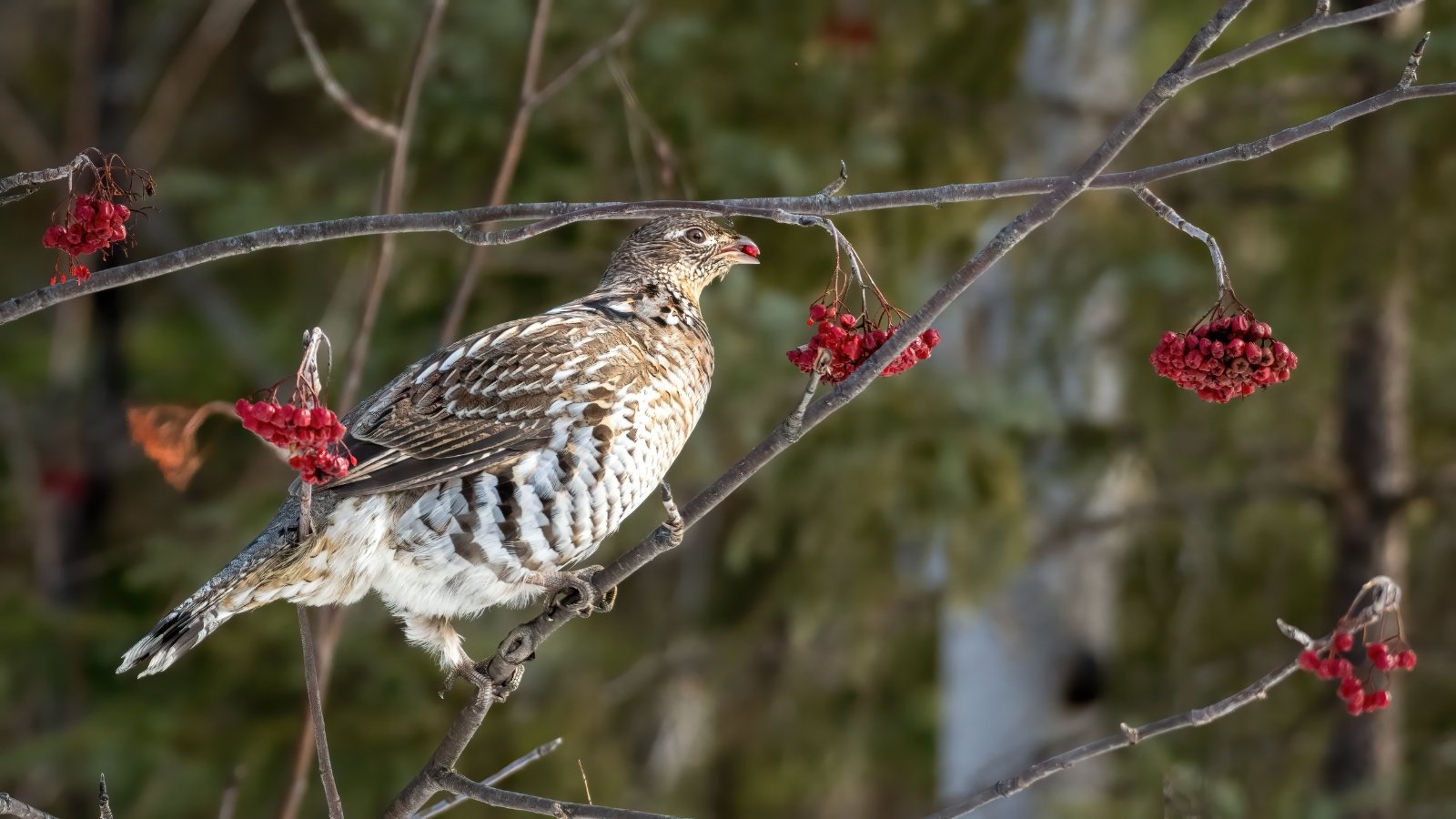

Highbush cranberry is an excellent wildlife-friendly plant in your panorama. It blooms inside the springtime and offers pollinators an appreciable present of early-season nectar. Any butterflies and bees inside the neighborhood will come for a go to, and you may tempt them to stay longer by rising a few completely different early-season nectar crops. It is also a larval host plant for the spring azure butterfly caterpillar.
Wait until fall for the showy crimson fruits, known as drupes. These drupes are merely the acceptable measurement for fruit-eating birds to pluck from the stems and experience a tasty take care of. As your highbush cranberry matures into its full measurement, it creates a safe and shrubby habitat for birds to forage, search refuge, and assemble their nests.
Widespread Points
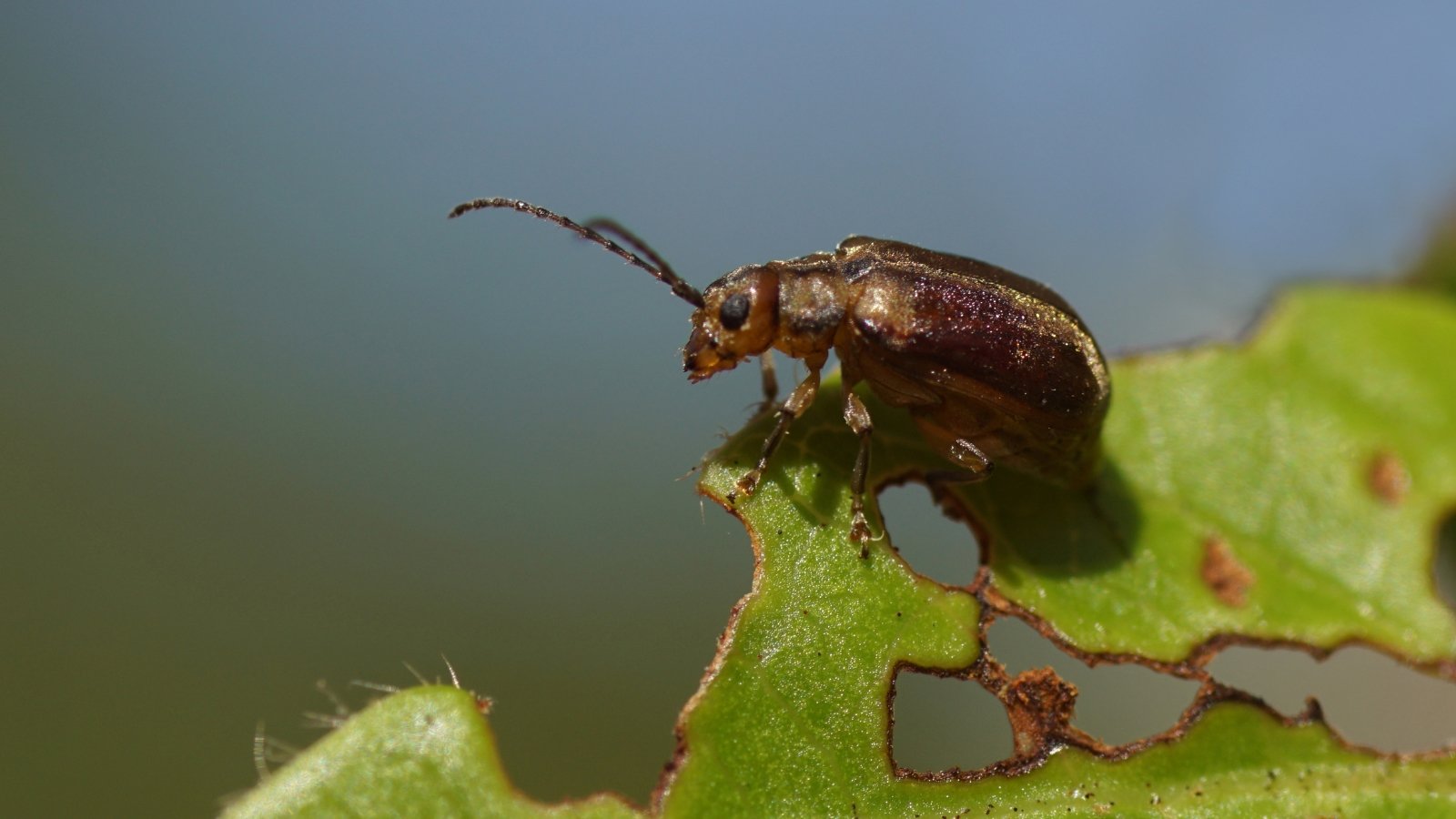

Highbush cranberry is usually hardy and trouble-free. It is doable you will typically run into points with insect pests, however. Be looking for any potential factors so you’ll set up the set off and correct points early.
Aphids – Aphids are ubiquitous yard pests that acquire in large numbers to suck plant juices with their tiny piercing mouthparts. These soft-bodied bugs appear gray, inexperienced, yellow, pink, or white and, whereas small, are clearly seen.
Aphids weaken crops nonetheless don’t usually kill them. They do, however, invite completely different illnesses, much like molds and completely different fungal illnesses. Spray aphid clusters with a jet of water to dislodge them and disturb their colonies. That’s usually ample to forestall them from inflicting extreme hurt.
Viburnum crown borer – The viburnum crown borer is a moth whose larvae bore into the bark of viburnum crops. These larvae feed on the lower trunks of the crops and set off plant weak spot and, in the long run, demise. Borers are drawn to burdened crops, so the first line of safety is to develop your viburnum in an ideal habitat and maintain it healthful. For those who occur to suspect a crown borer infestation, helpful nematodes may be utilized to combat the borers.
Viburnum leaf beetle – Viburnum leaf beetles that feed utterly on utterly completely different species of viburnum. These invasive pests had been launched from Europe and set off excessive leaf hurt. The grownup beetles are golden brown and about ¼ inch prolonged. The large are grub-like and develop as a lot as about ⅓ inch prolonged. They’re usually seen feasting on the leaves and chewing large holes. Neem oil and insecticidal cleansing cleaning soap might be environment friendly in killing the larvae nonetheless must be reapplied as needed. Try to catch infestations early sooner than these pests set off extreme hurt.
Ceaselessly Requested Questions
No. Whereas some fruiting crops require a minimal of two crops to effectively set fruits, viburnums are self-fertile and may produce fruits with a single plant. Once you’ve bought various viburnums, you will the truth is generate additional fruits, simply since you’ve gotten additional bushes producing.
Sadly, this can be very troublesome to tell the excellence. The flowers, leaves, and berries all look remarkably comparable. The European choice has very bitter fruits that are usually thought-about inedible, whereas the American native cranberrybush has tart nonetheless completely edible fruits.
When not fruiting, you’ll ought to look intently on the glands on the leaf stalk. Protruding rounded glands on the stems on the bottom of the leaves on the American highbush cranberry are rounded, not sunken inwards. The protruding glands on the stems on the bottom of the leaves on the European choice are flat-topped and sunken in with slightly bit divet. It’s a very delicate distinction, nonetheless useful to tell these two species apart.
Various species of viburnum are well-liked landscaping crops. You may uncover highbush cranberry or one amongst its cultivars inside the flowering shrubs half of your native yard coronary heart. You could as properly study for nurseries specializing in native crops or ask your nearest yard membership or botanical yard for an inventory of revered native plant distributors.
[ad_2]
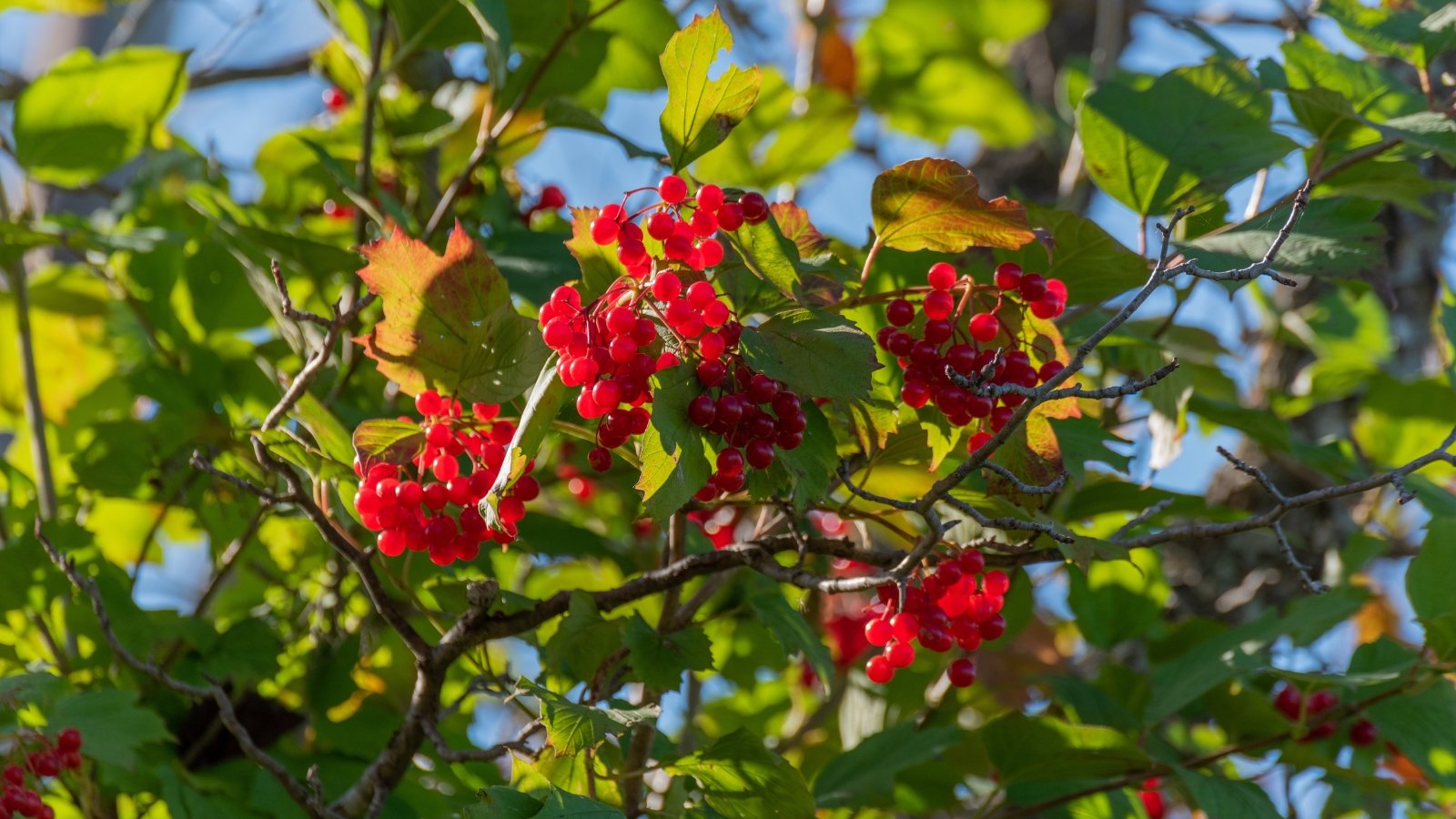
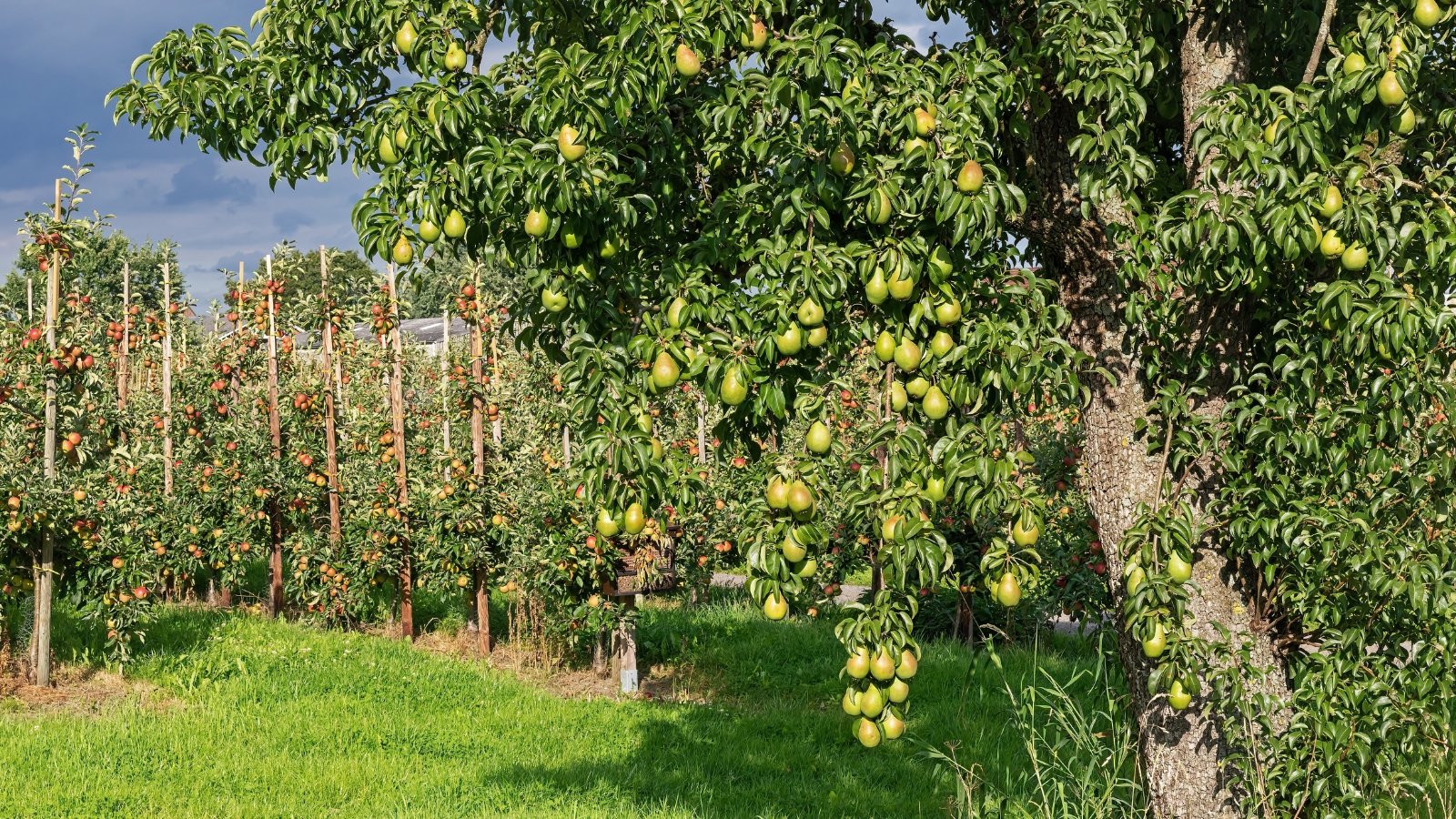
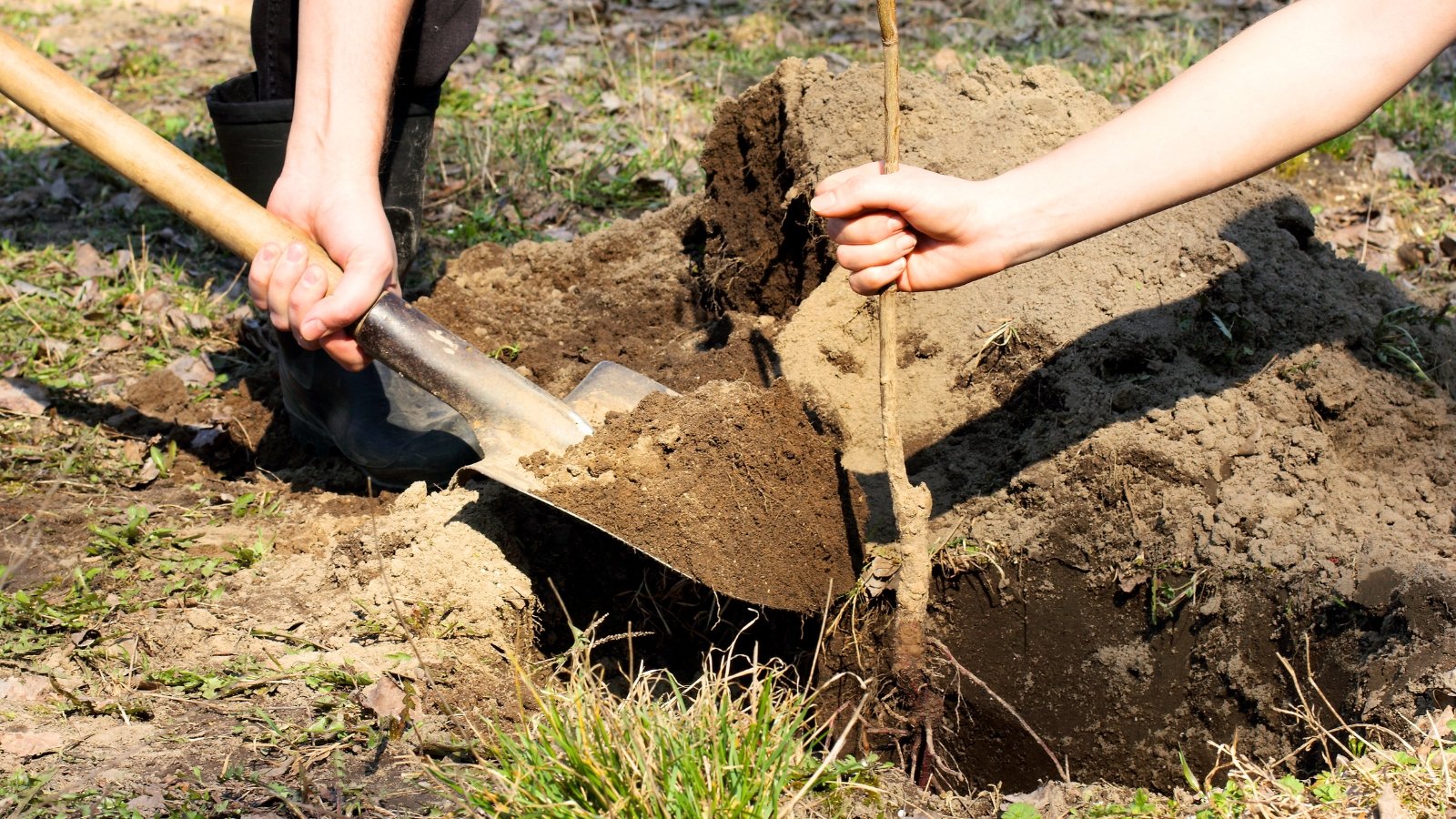
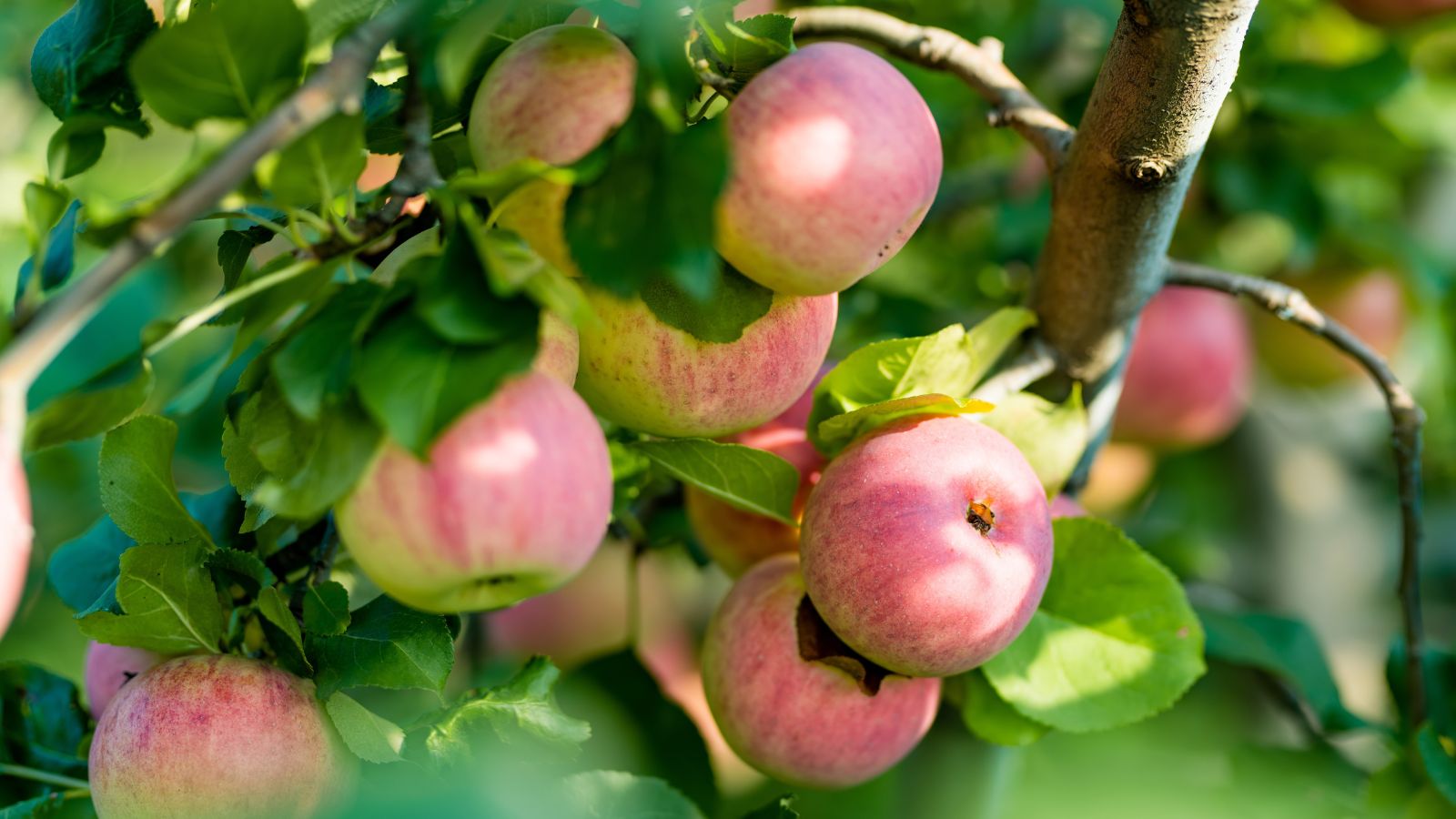
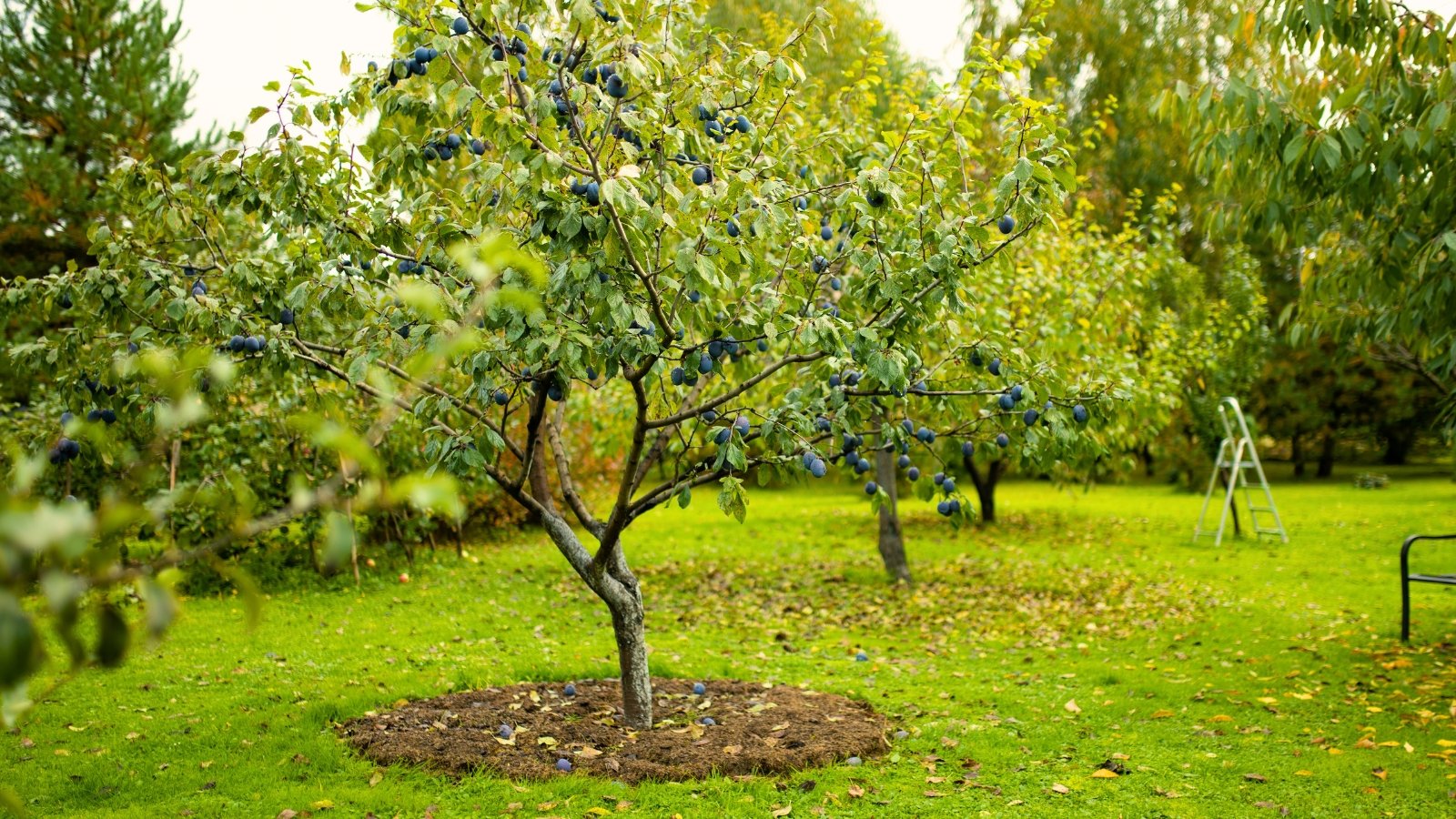
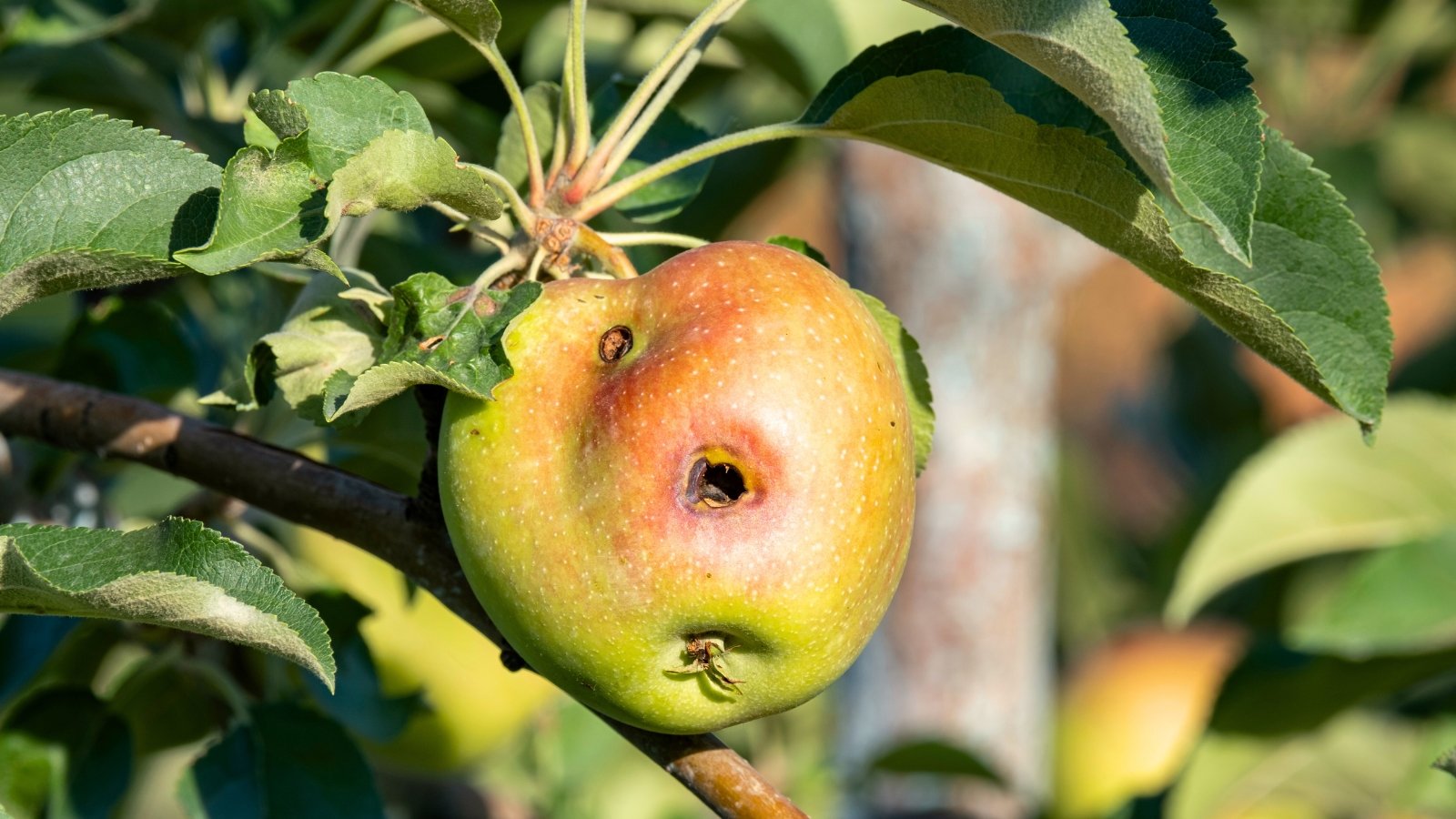
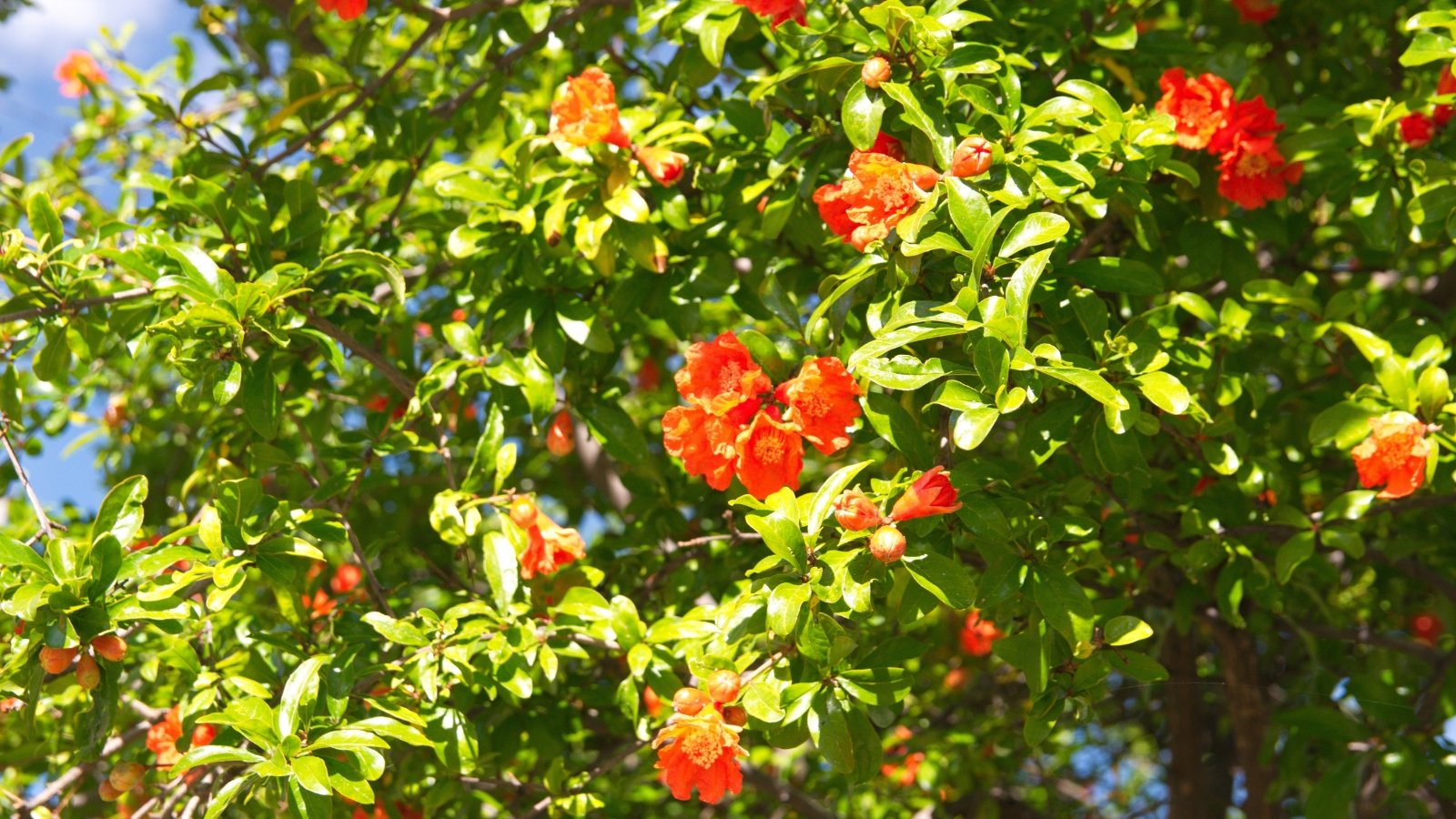
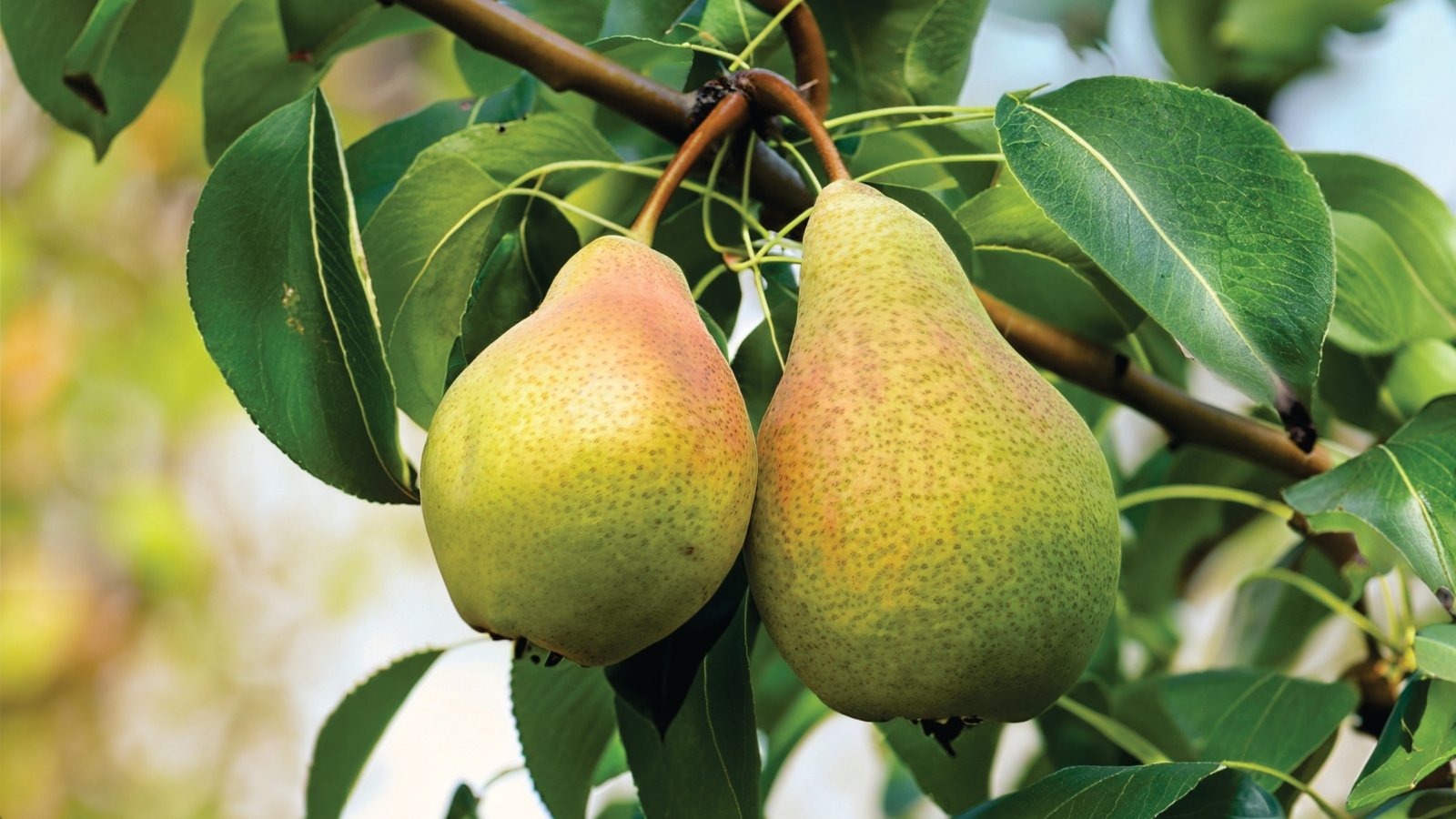
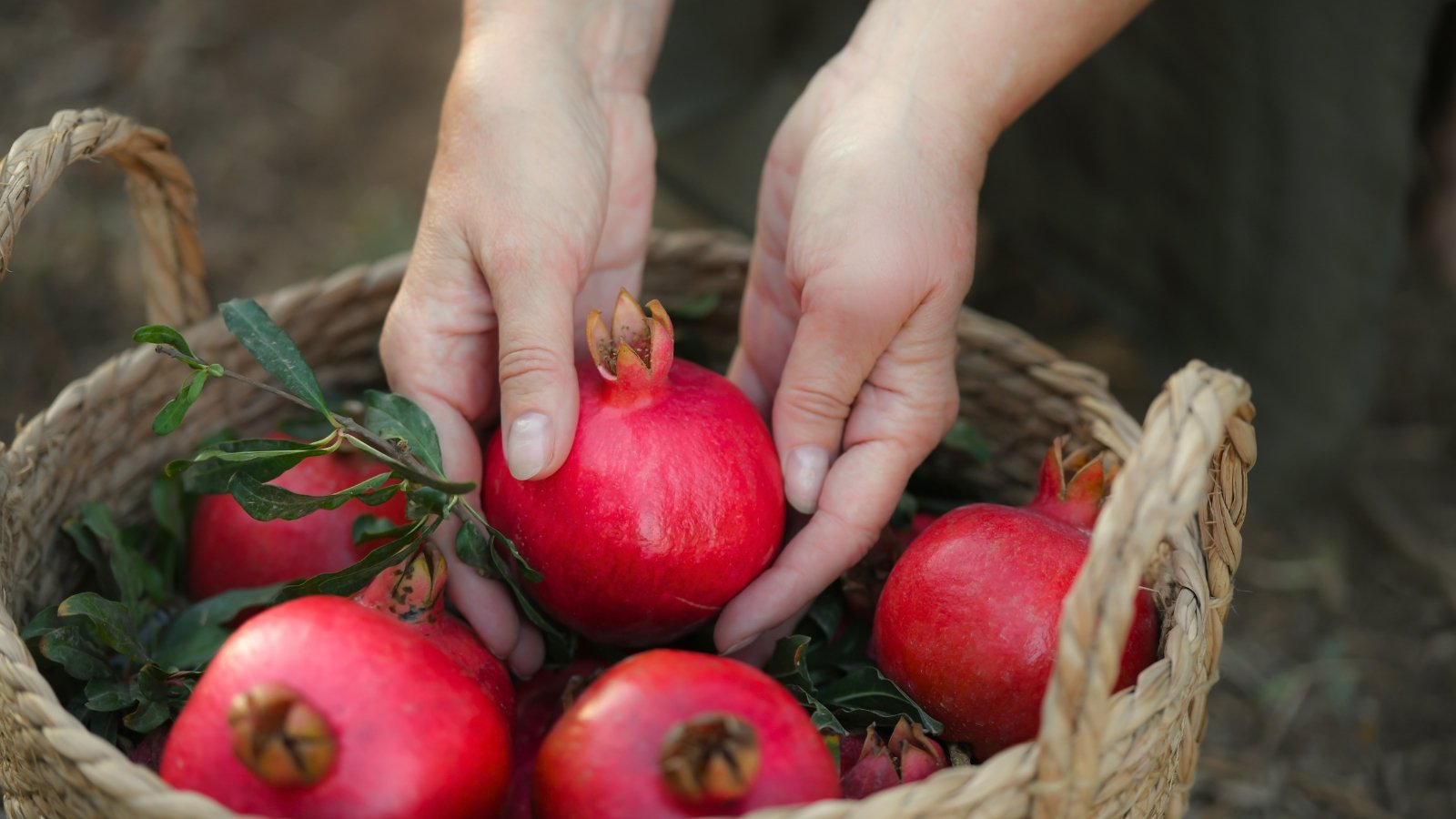
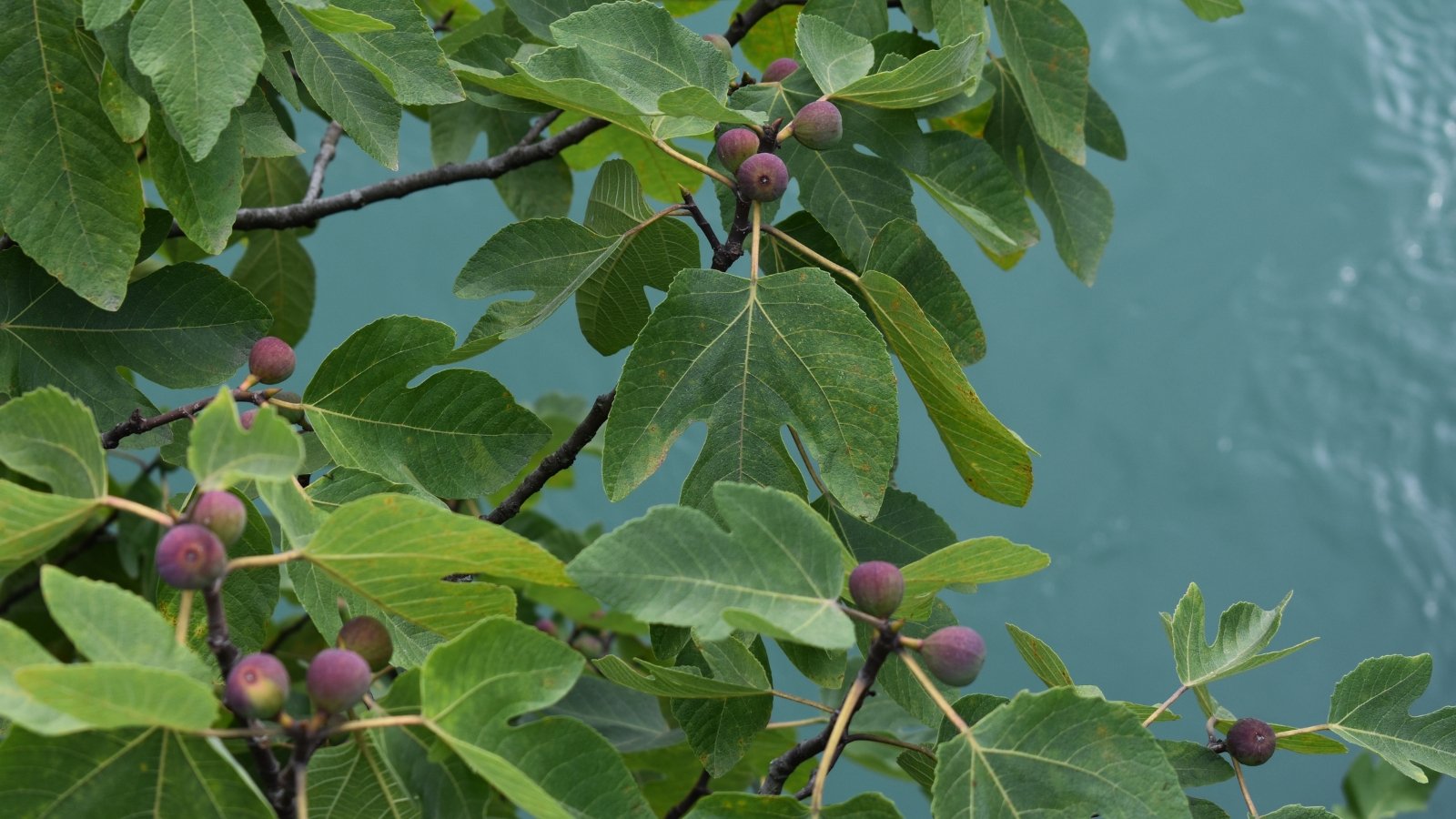
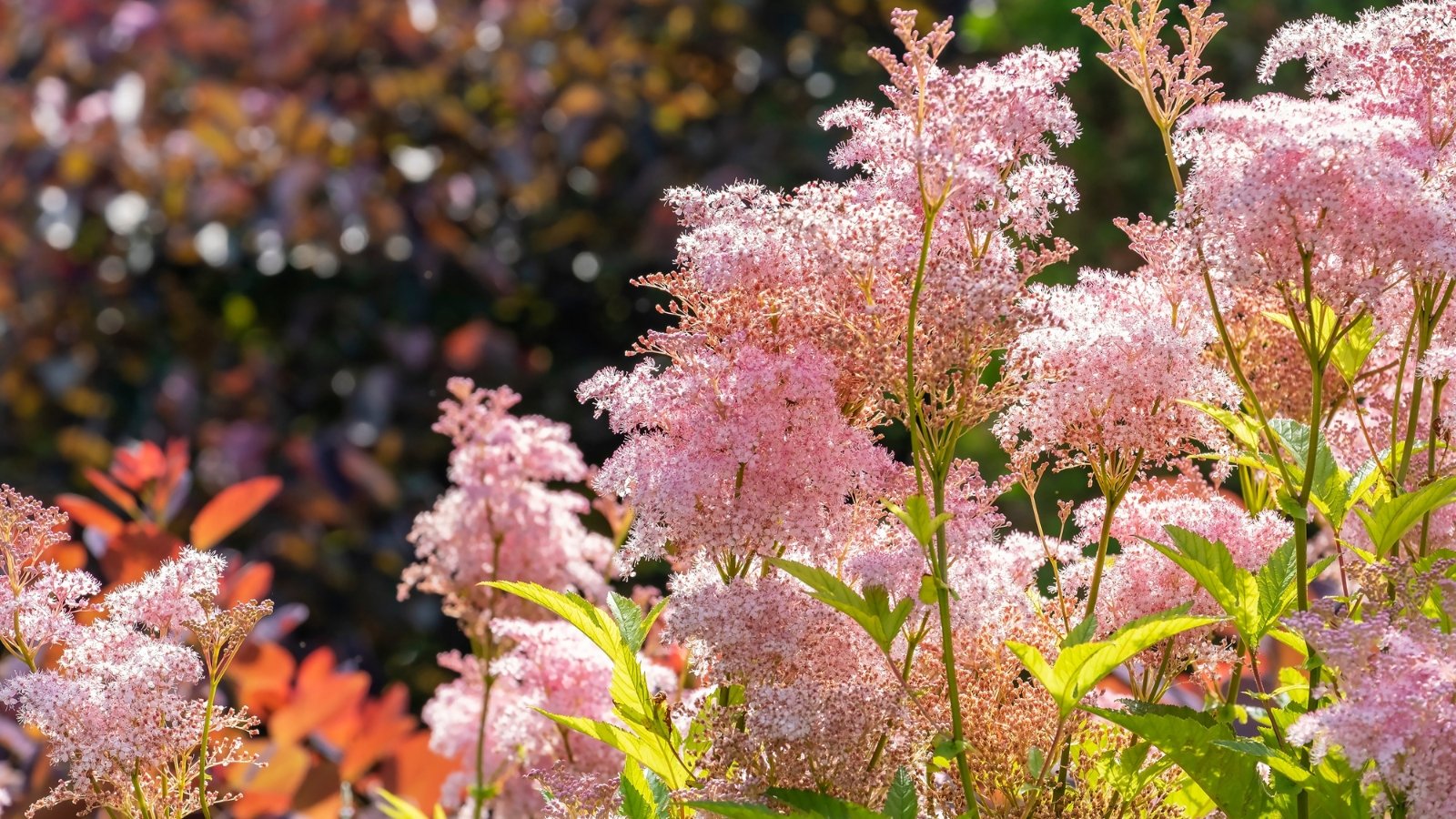
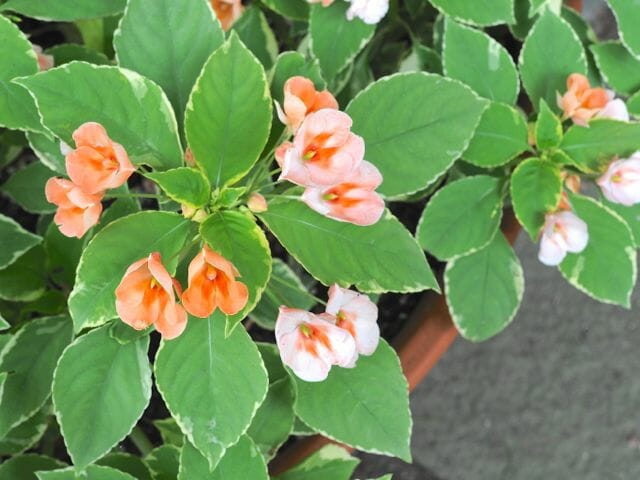
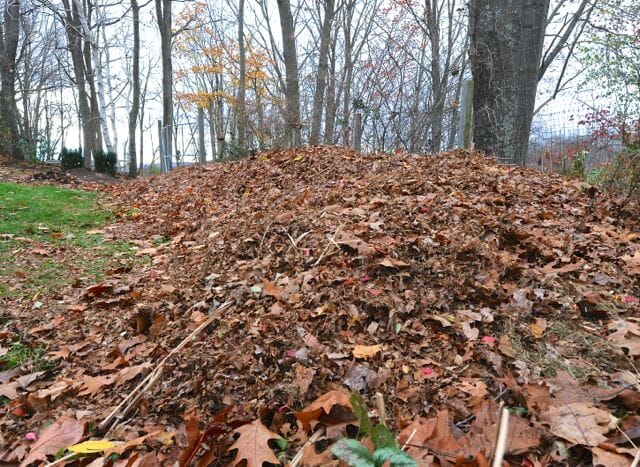

NatureNerd77
It’s good to see such an informative piece about native plants. The highbush cranberry seems like a great addition to a wildlife garden, especially with its edible fruits and ability to attract beneficial insects.